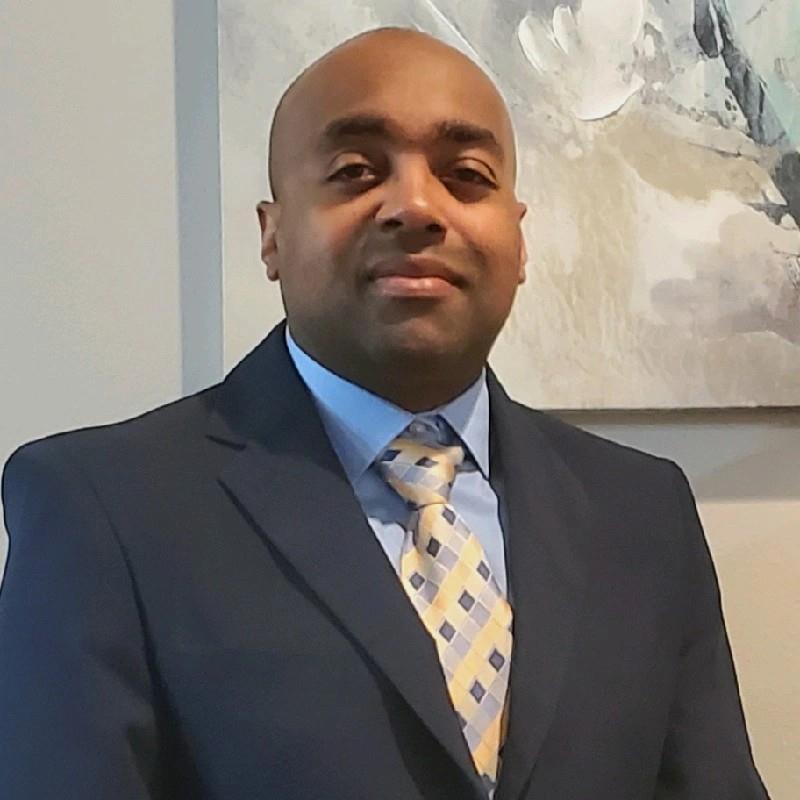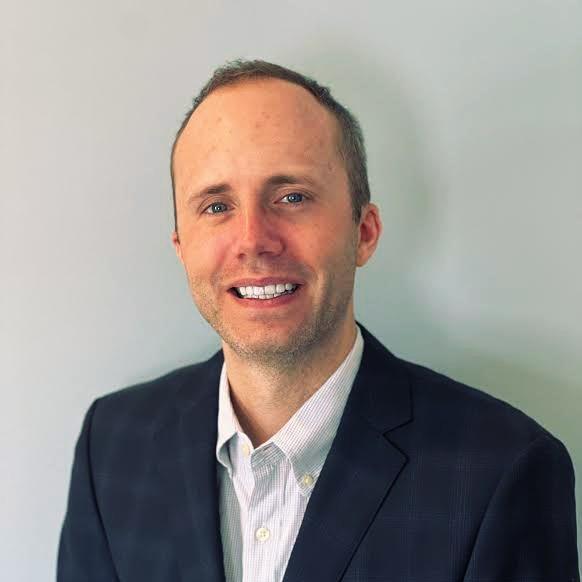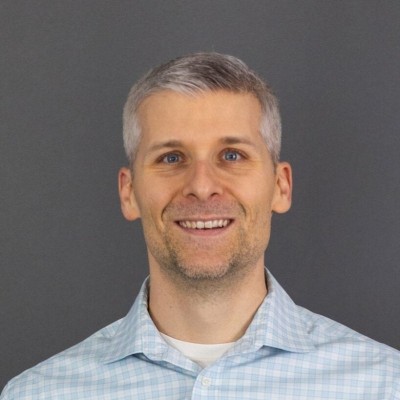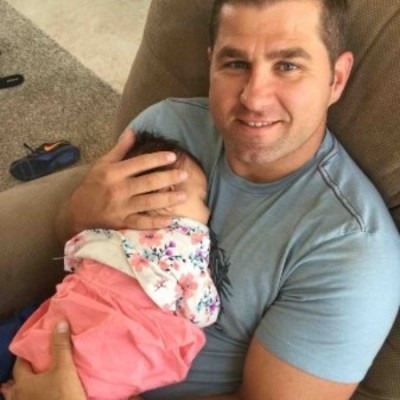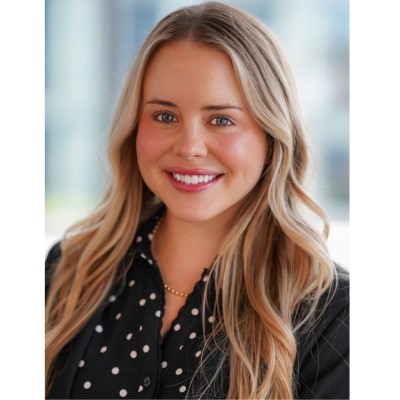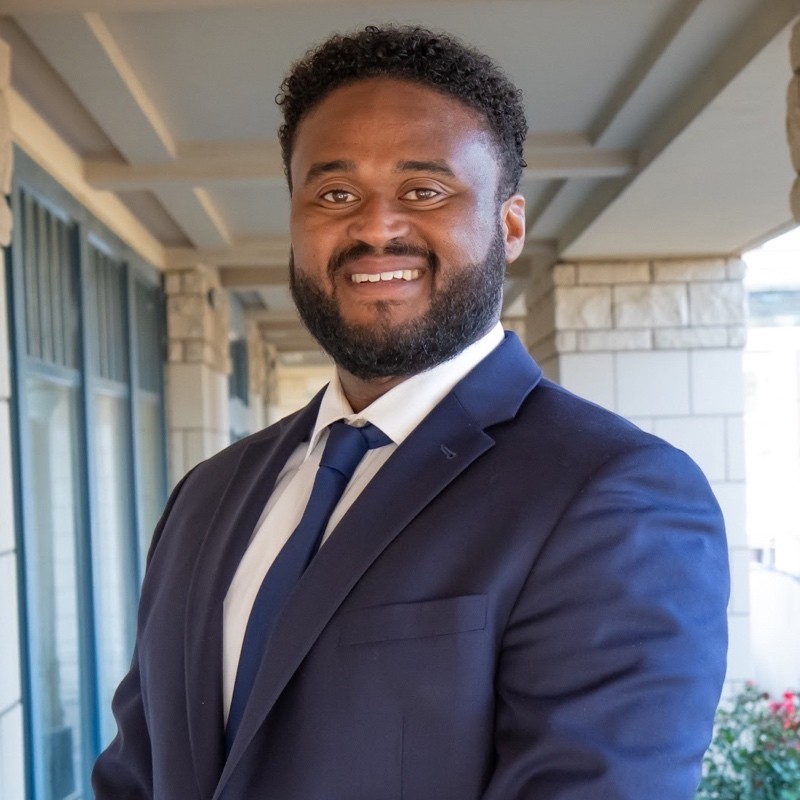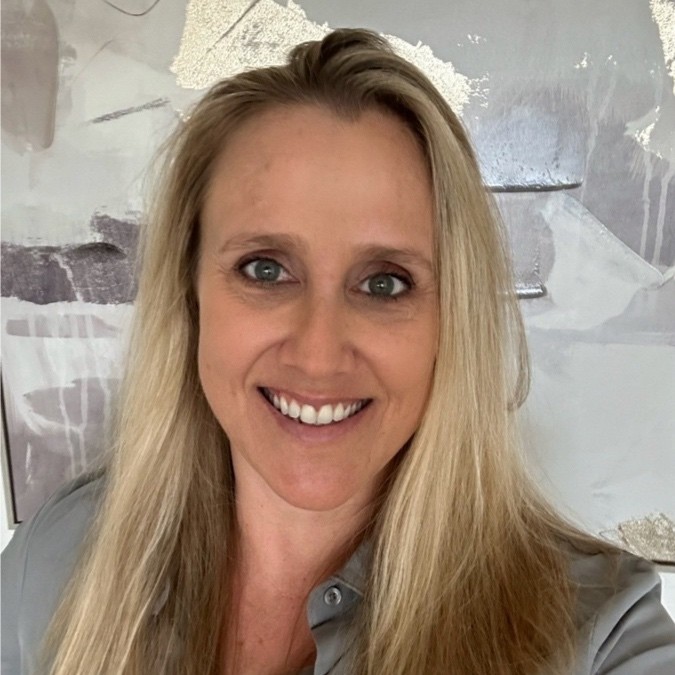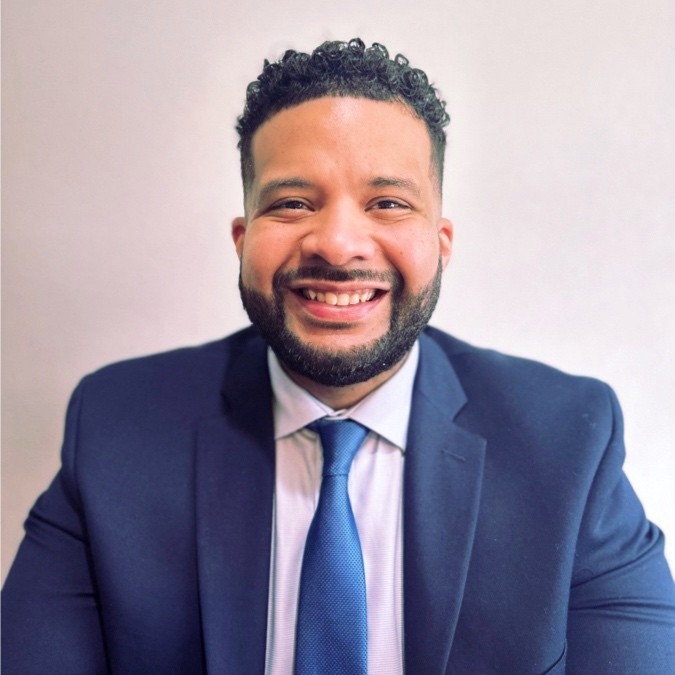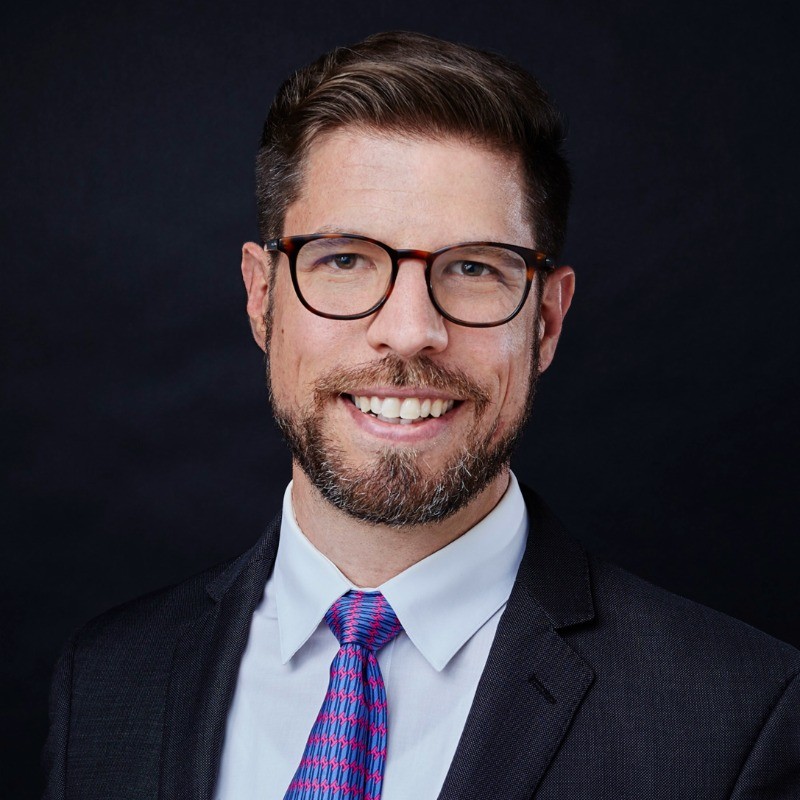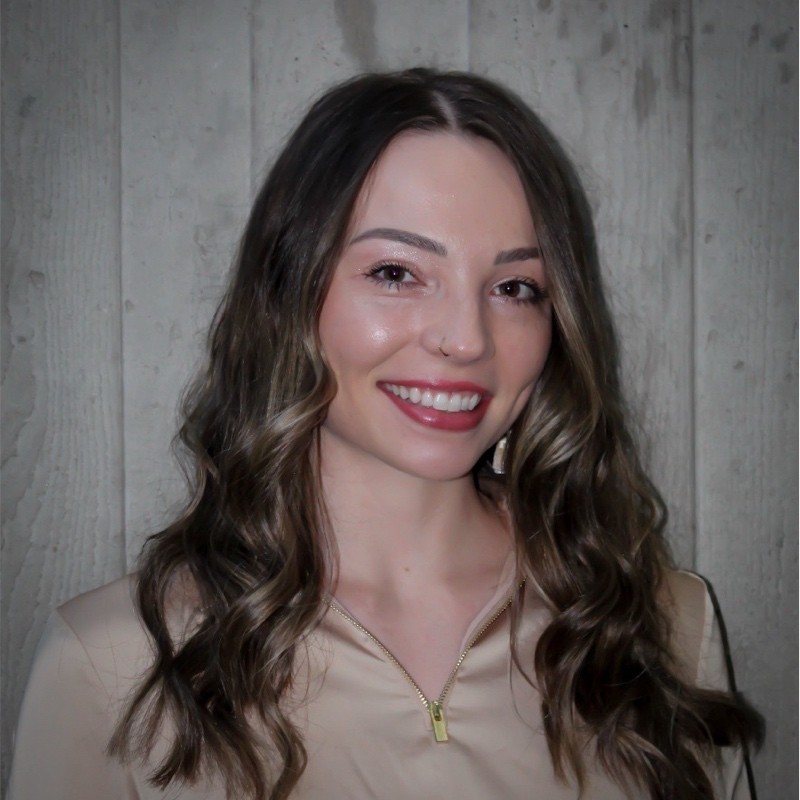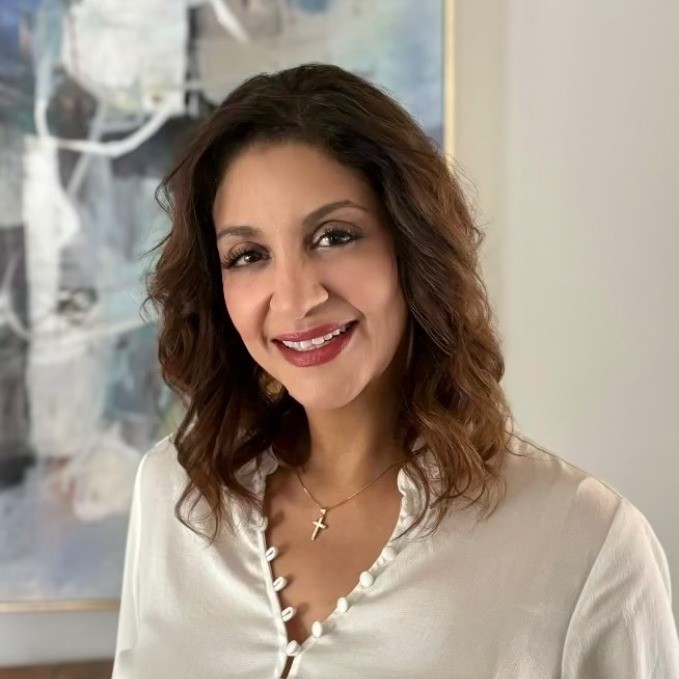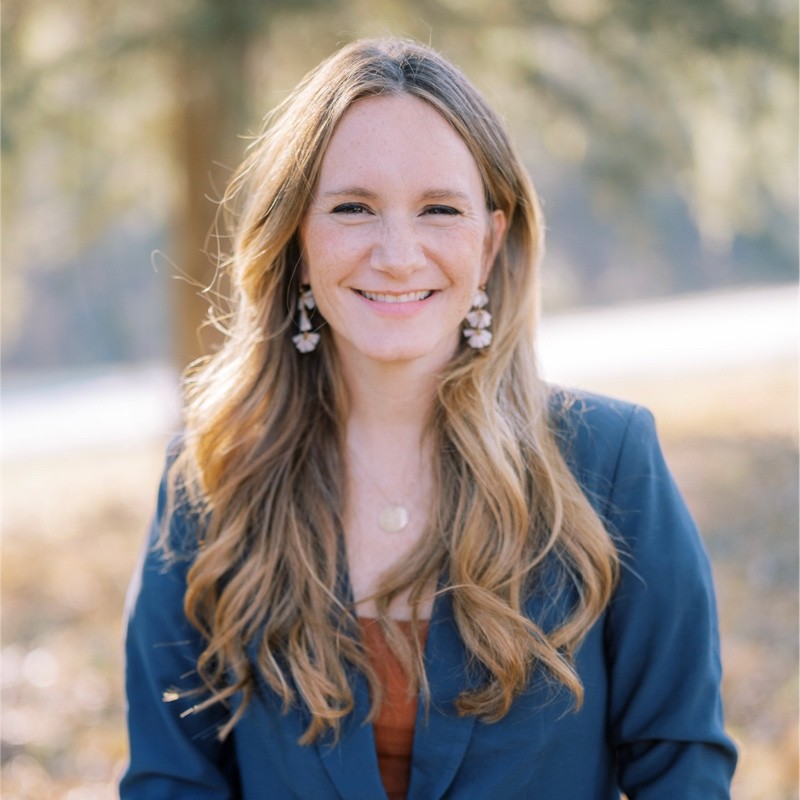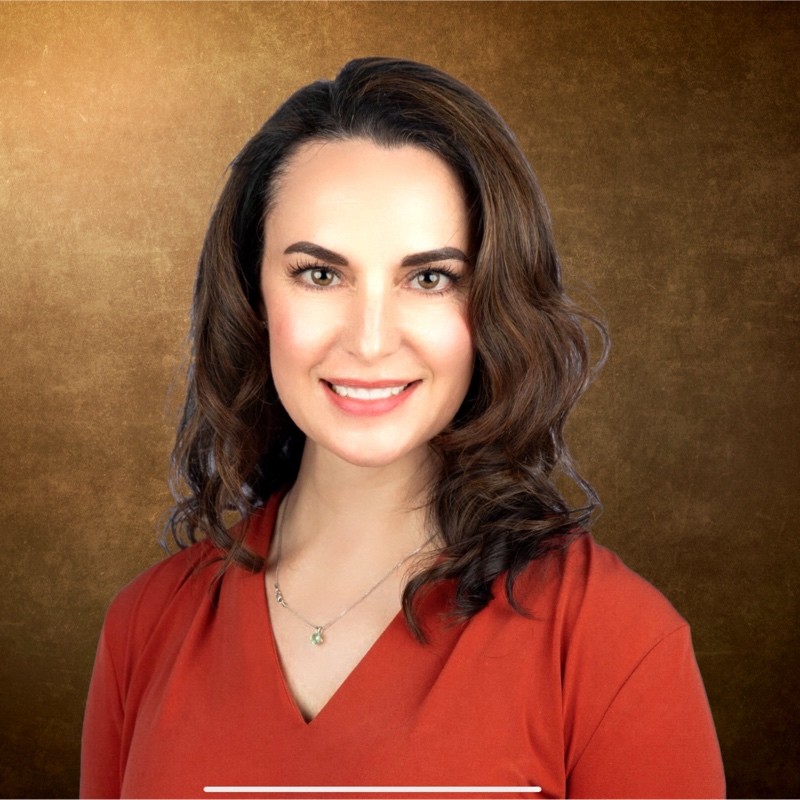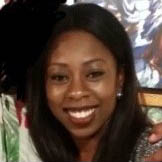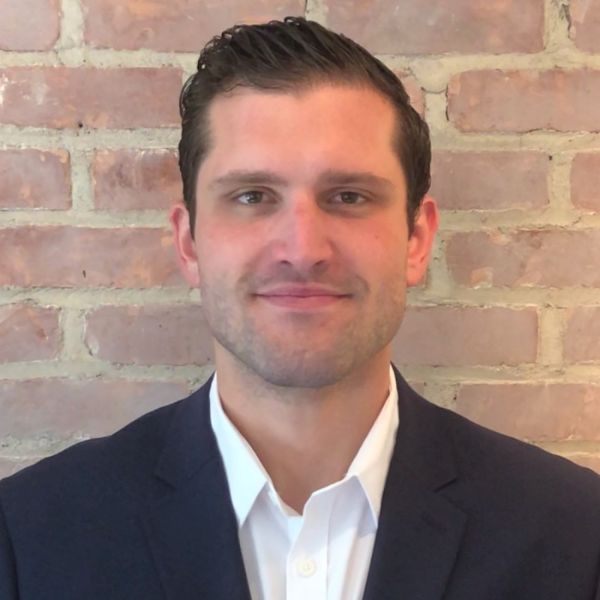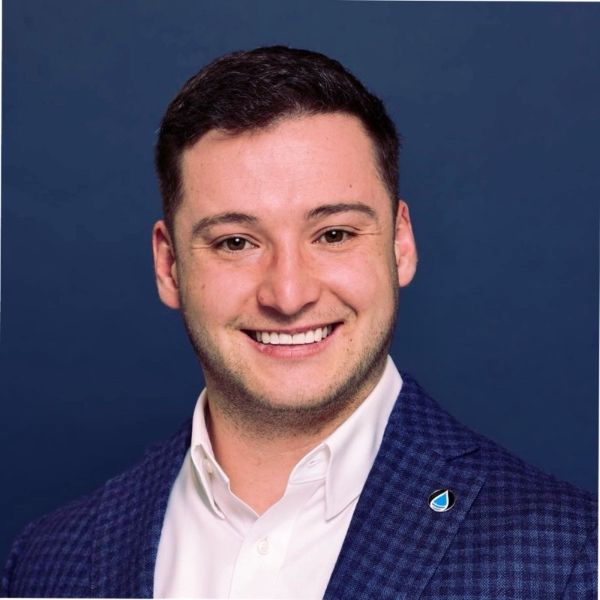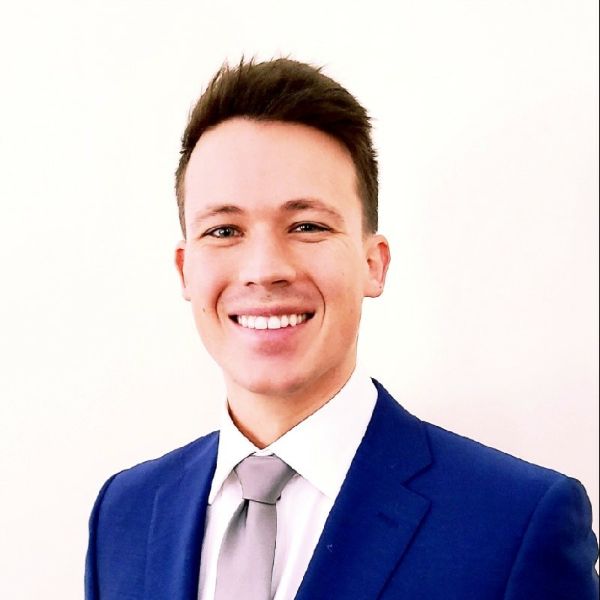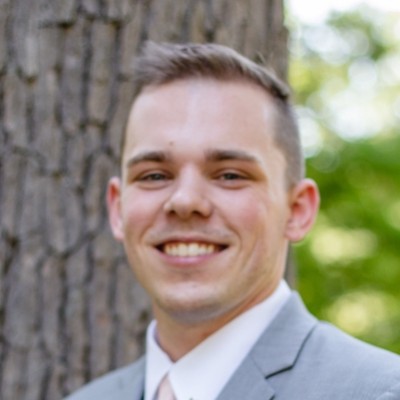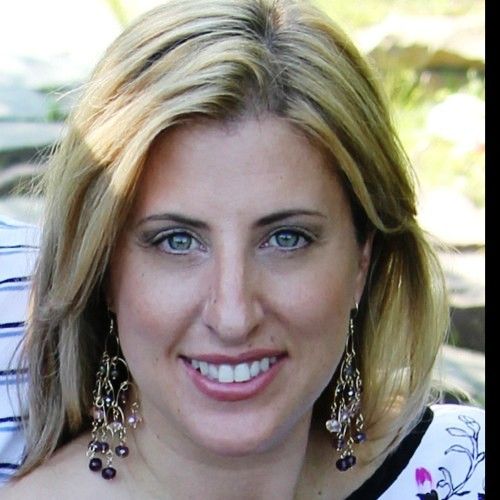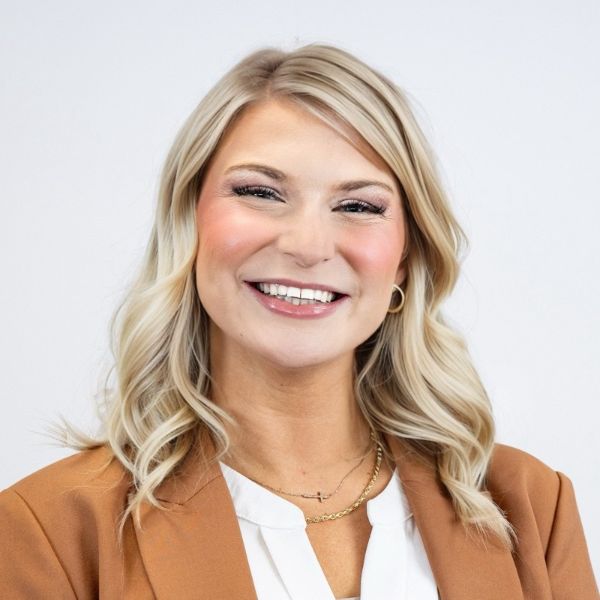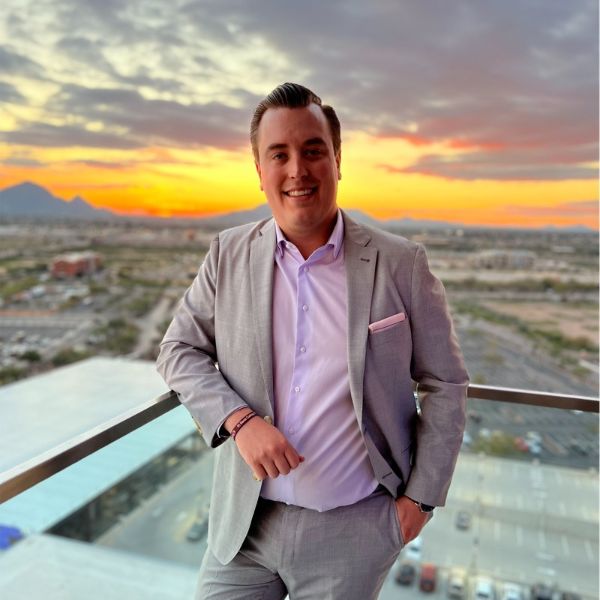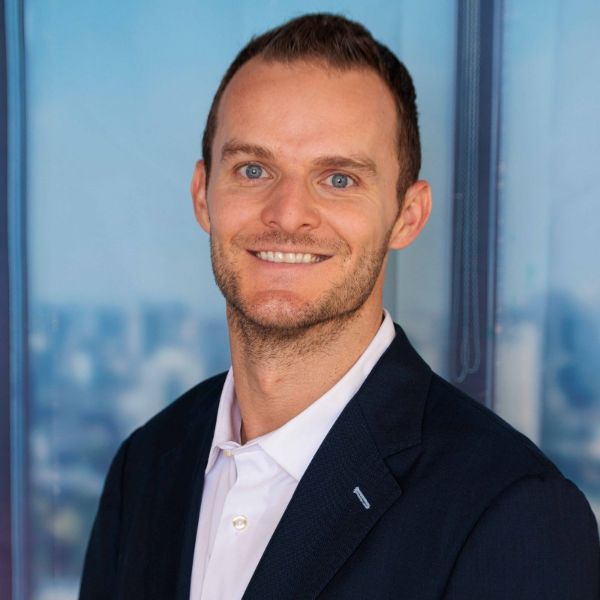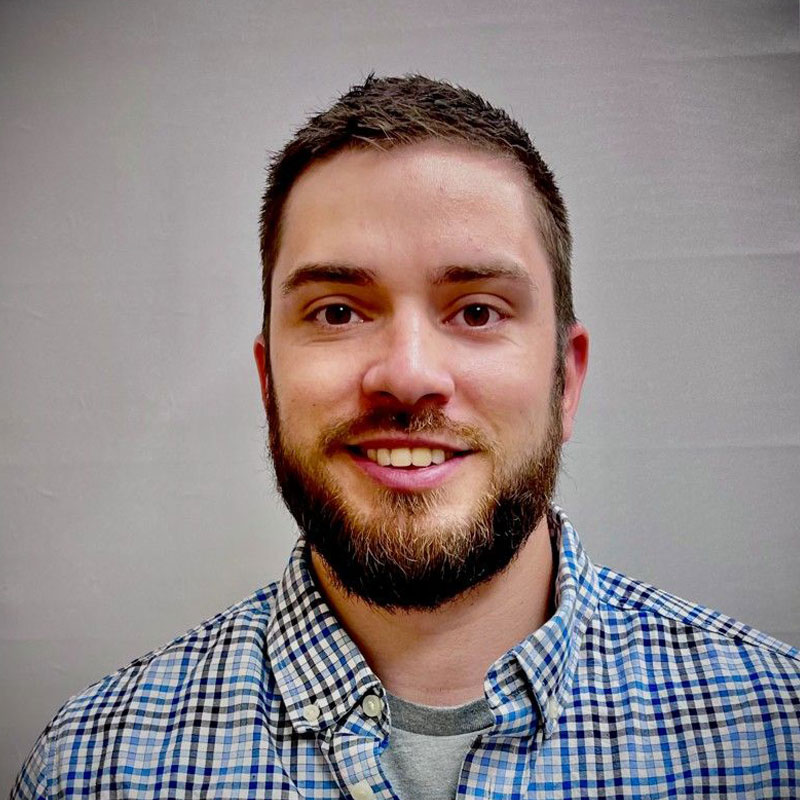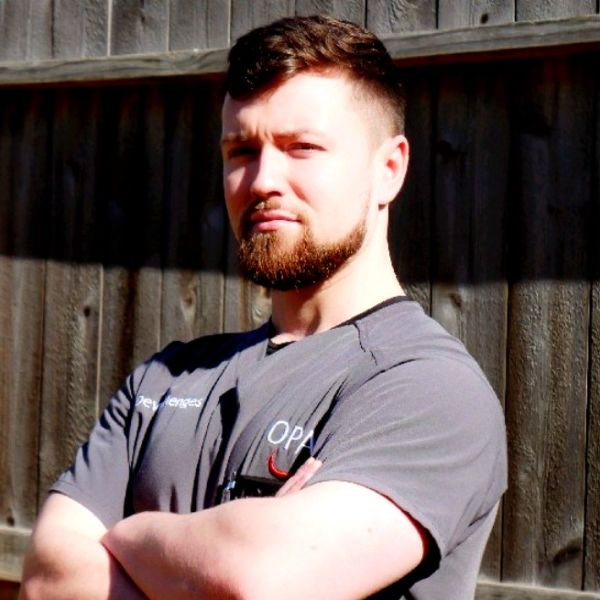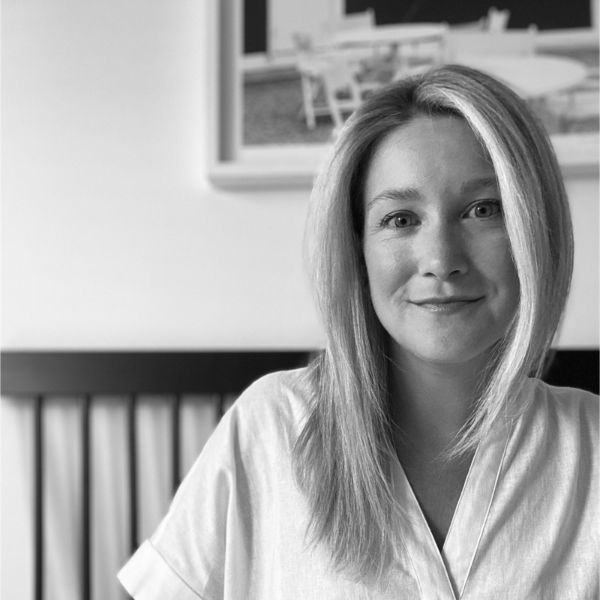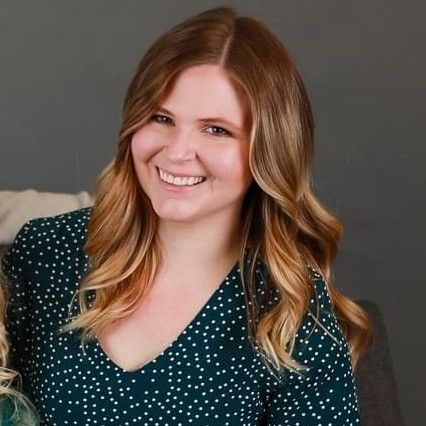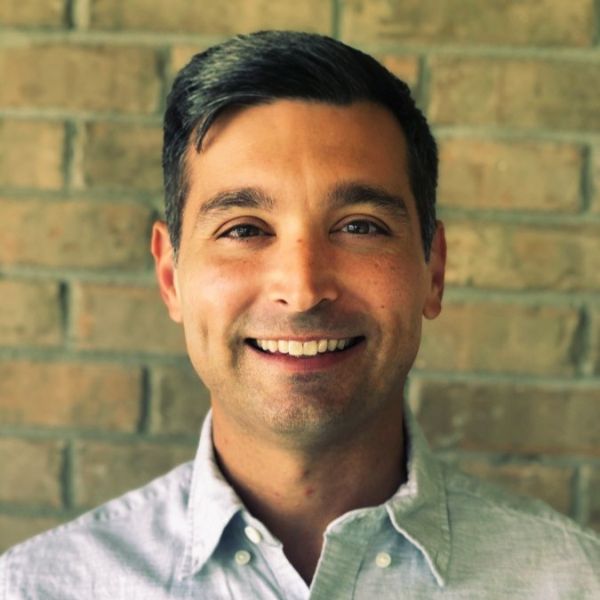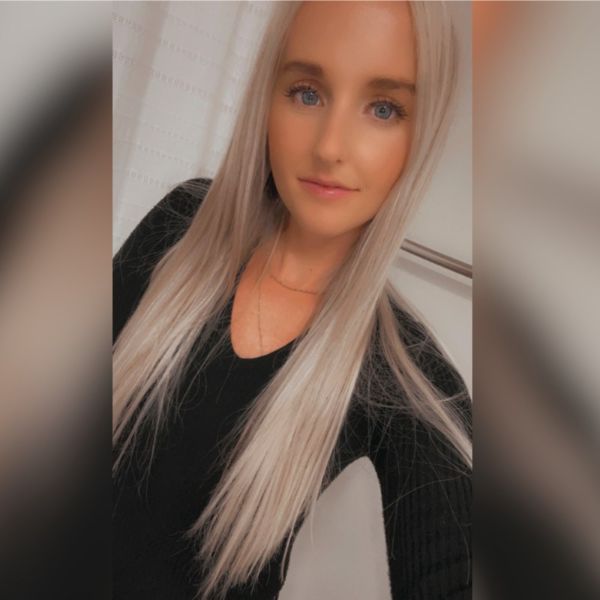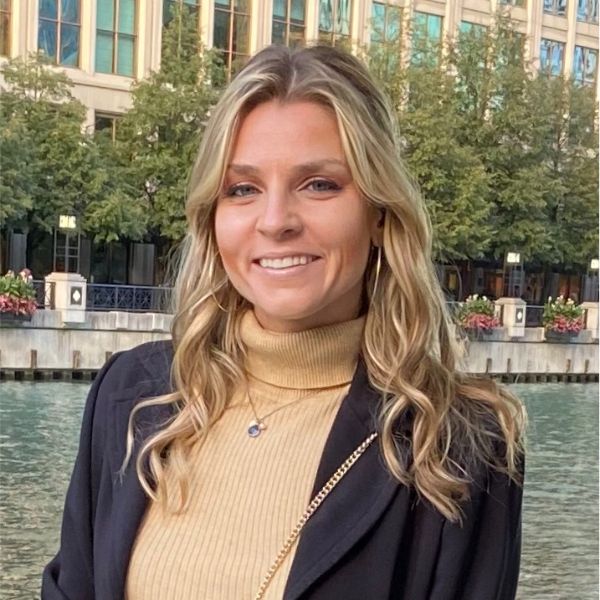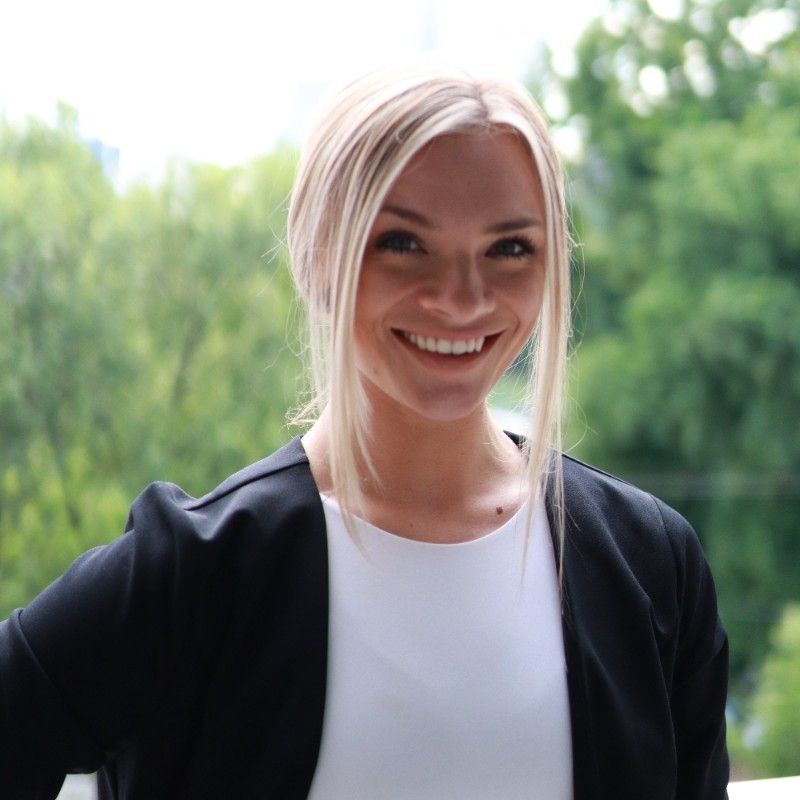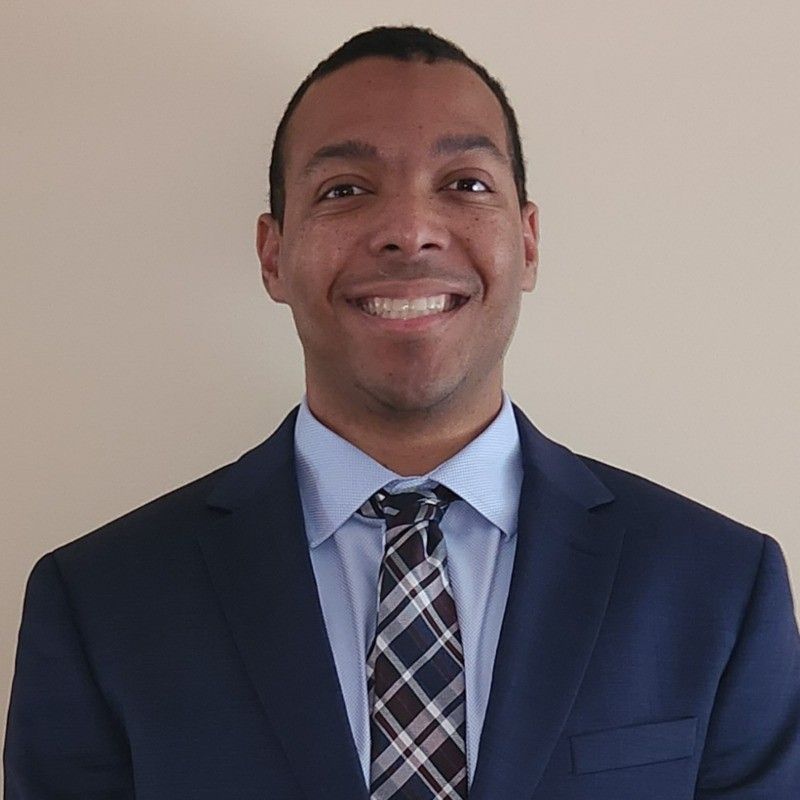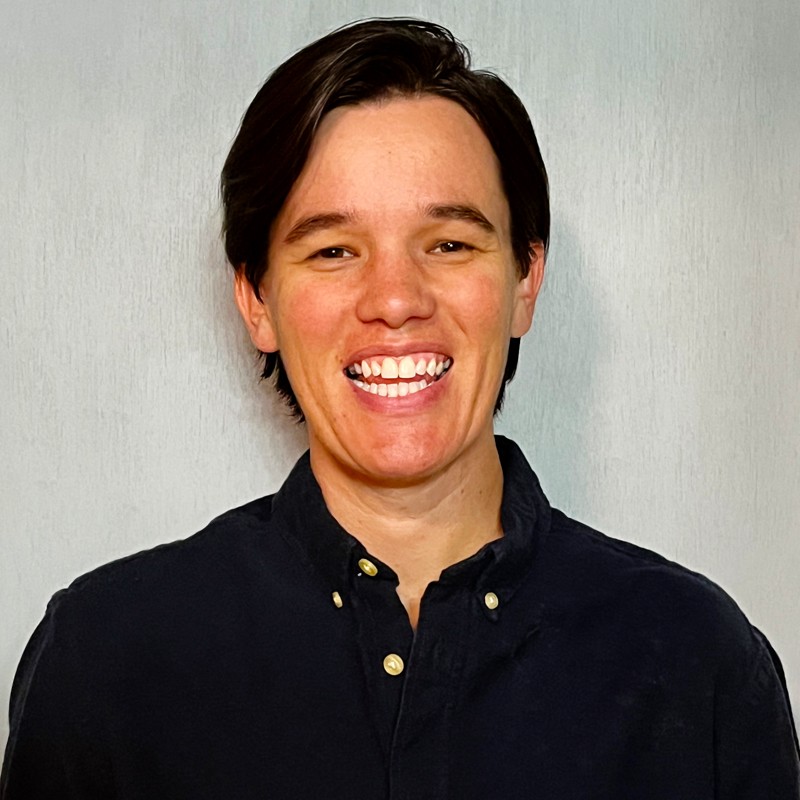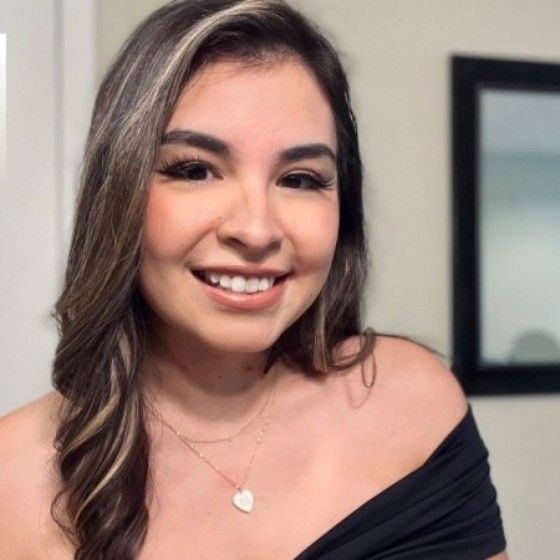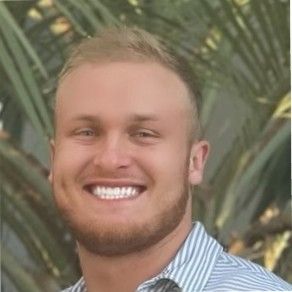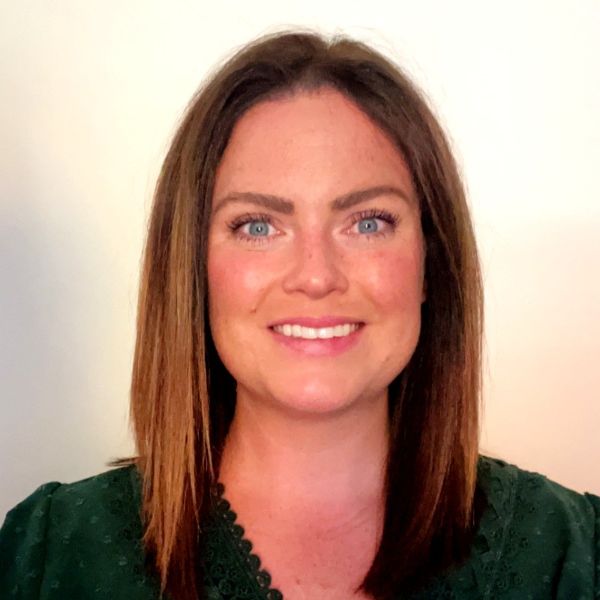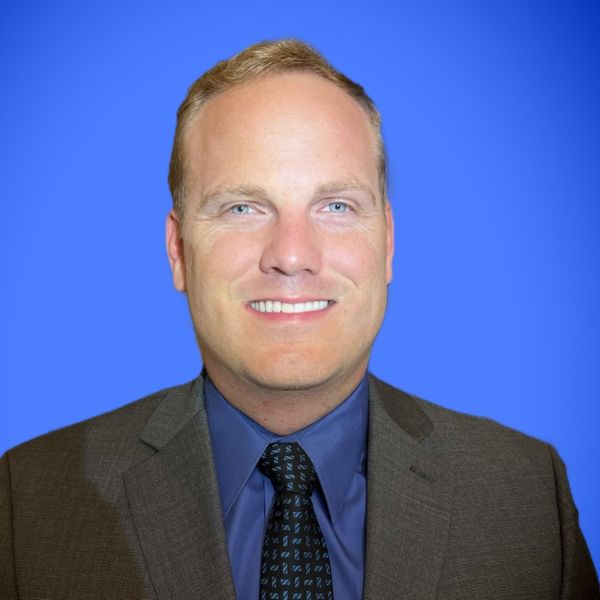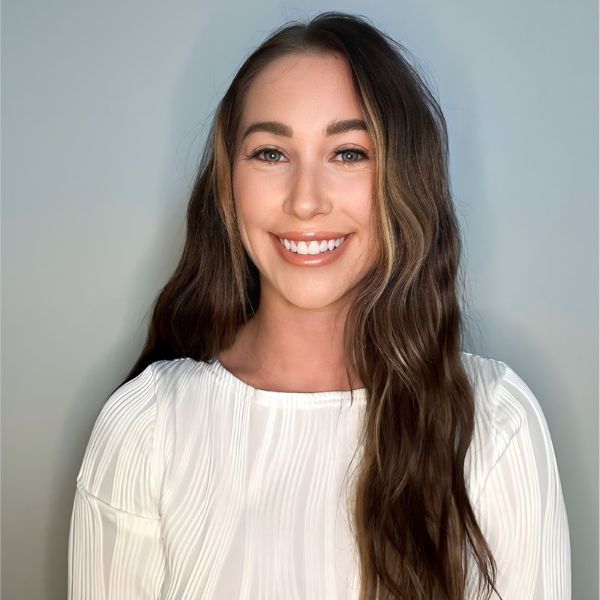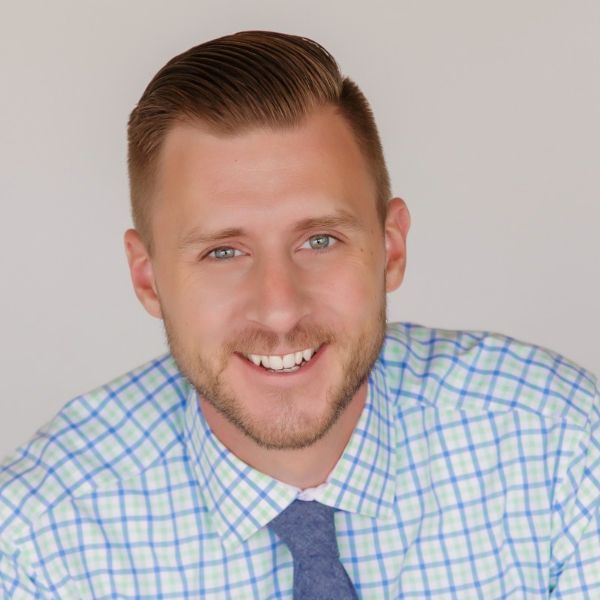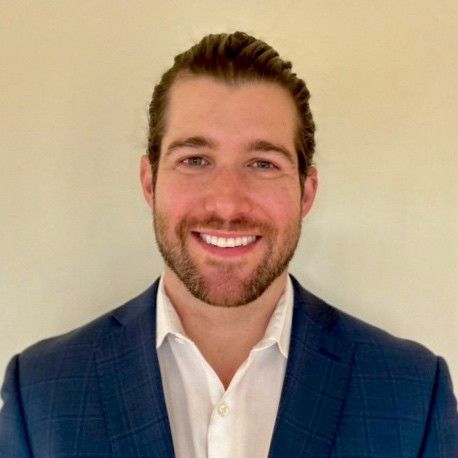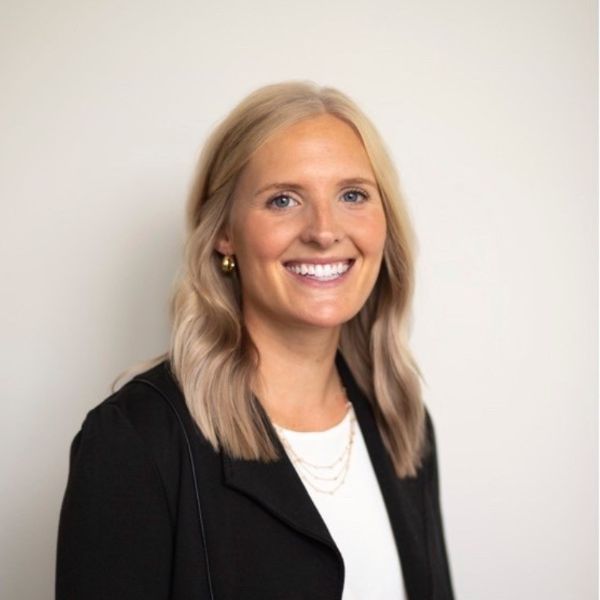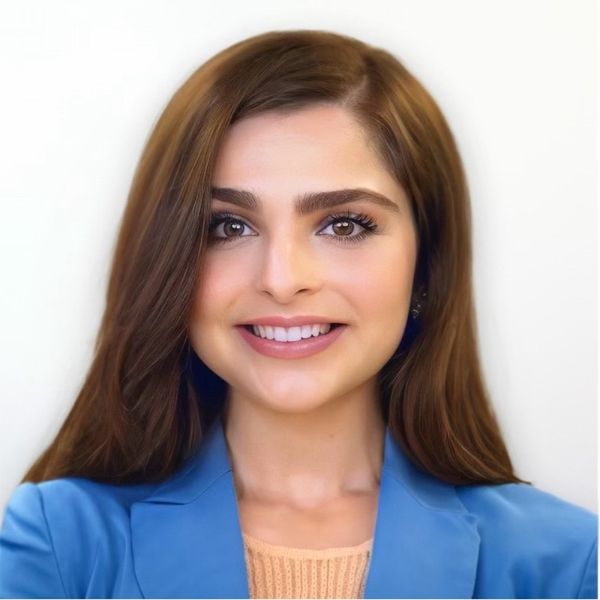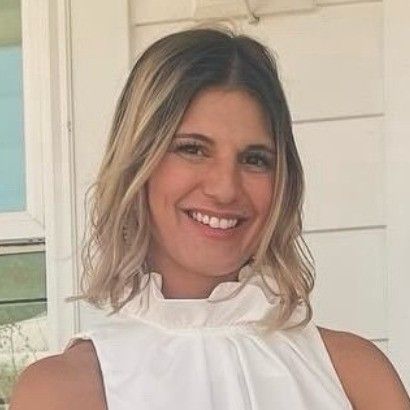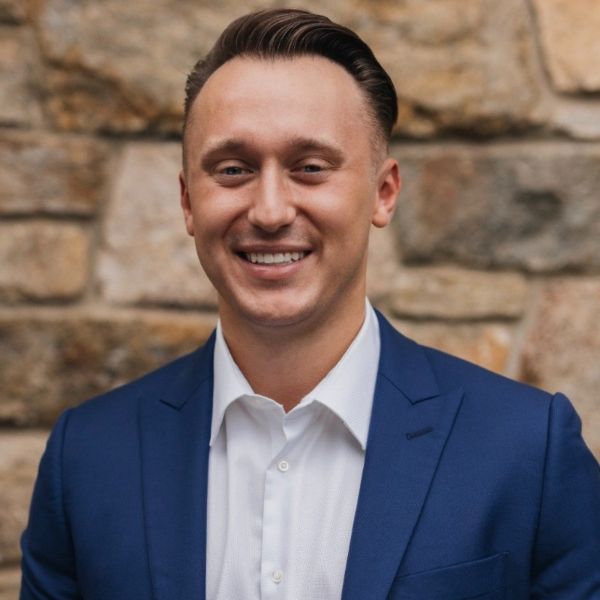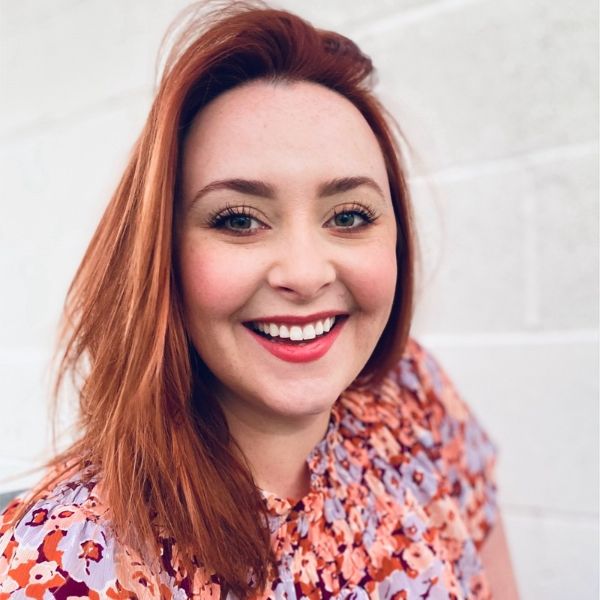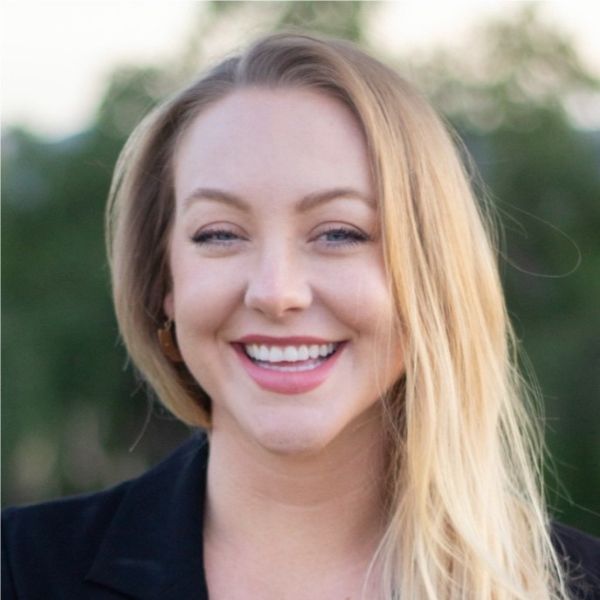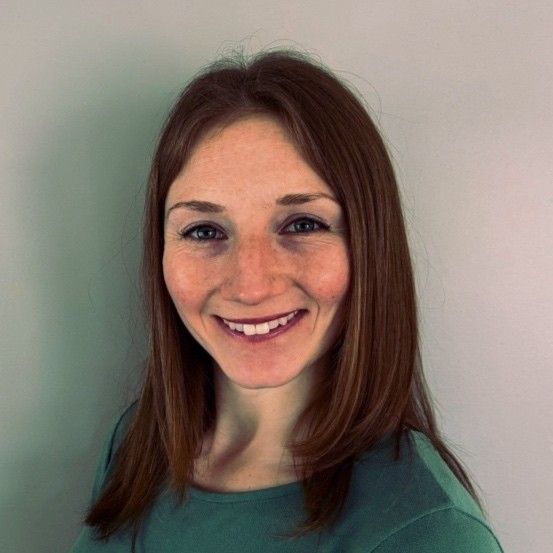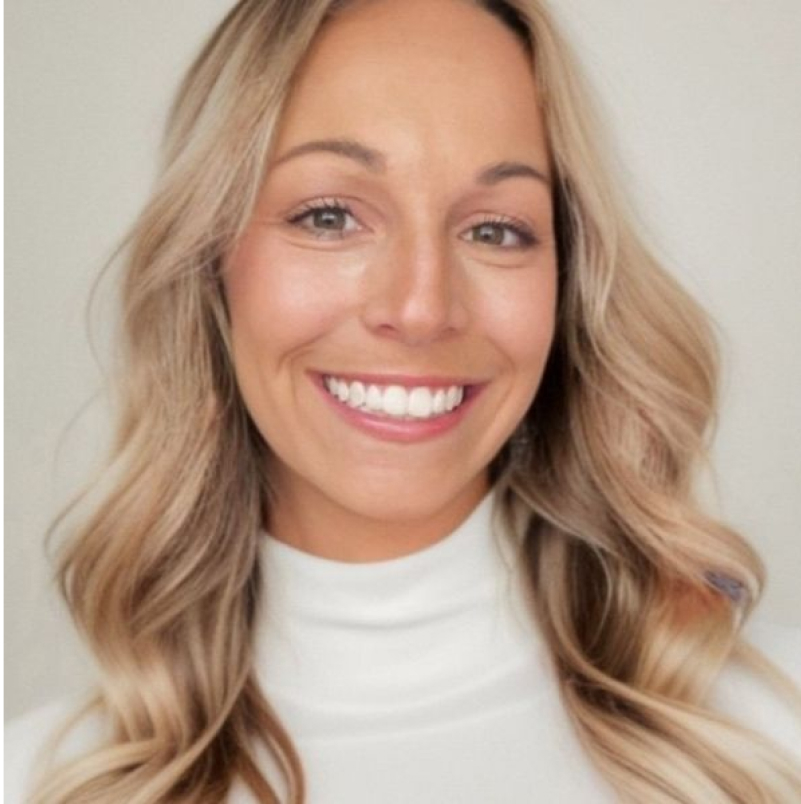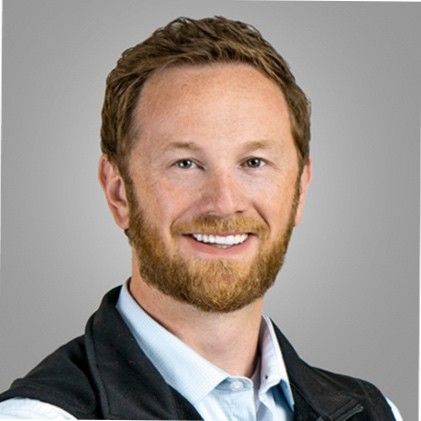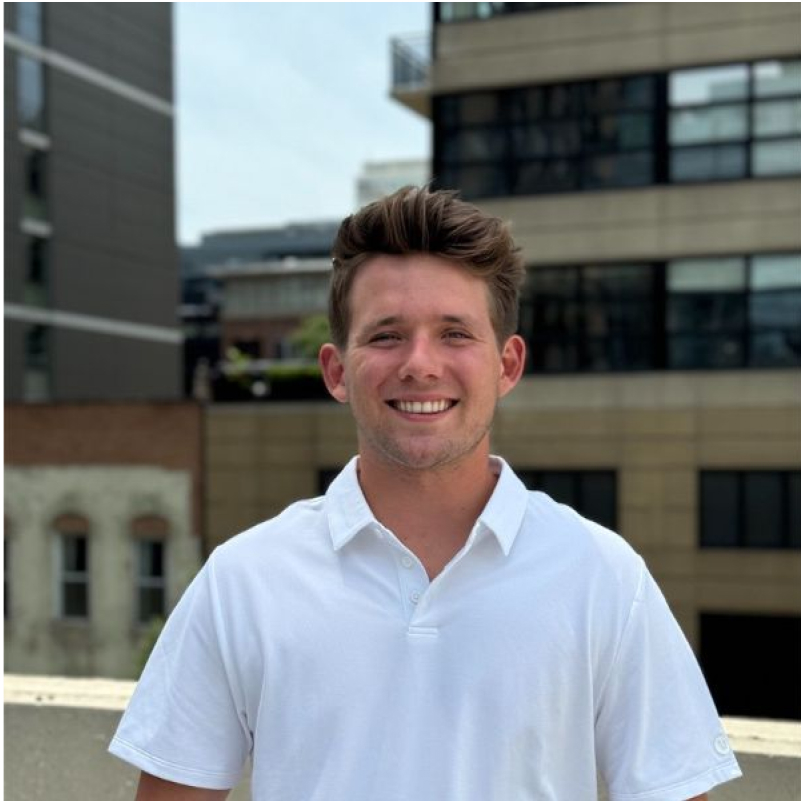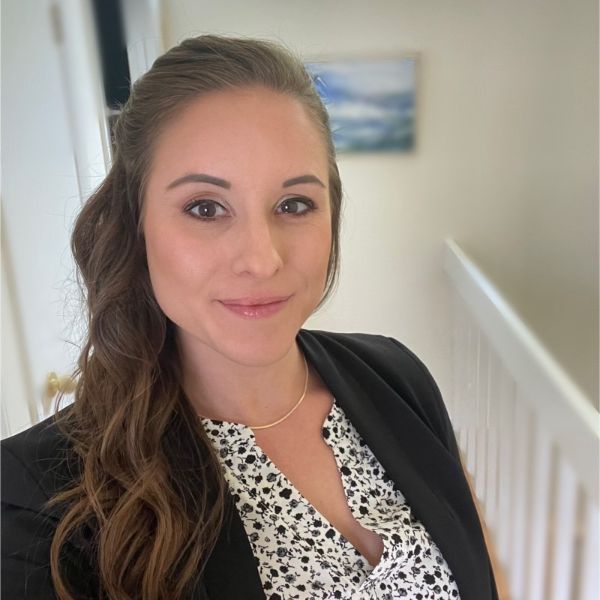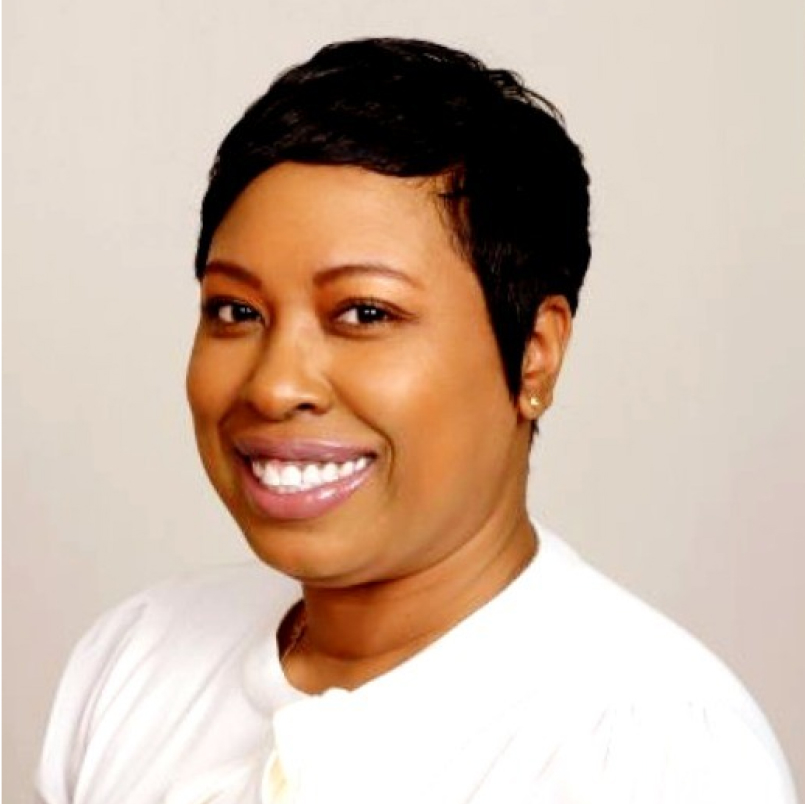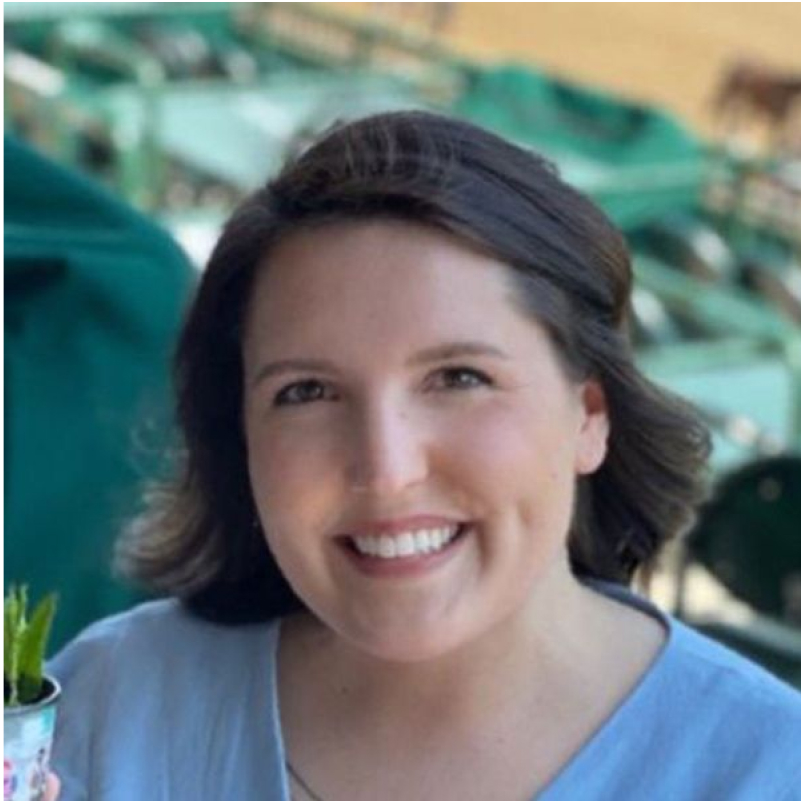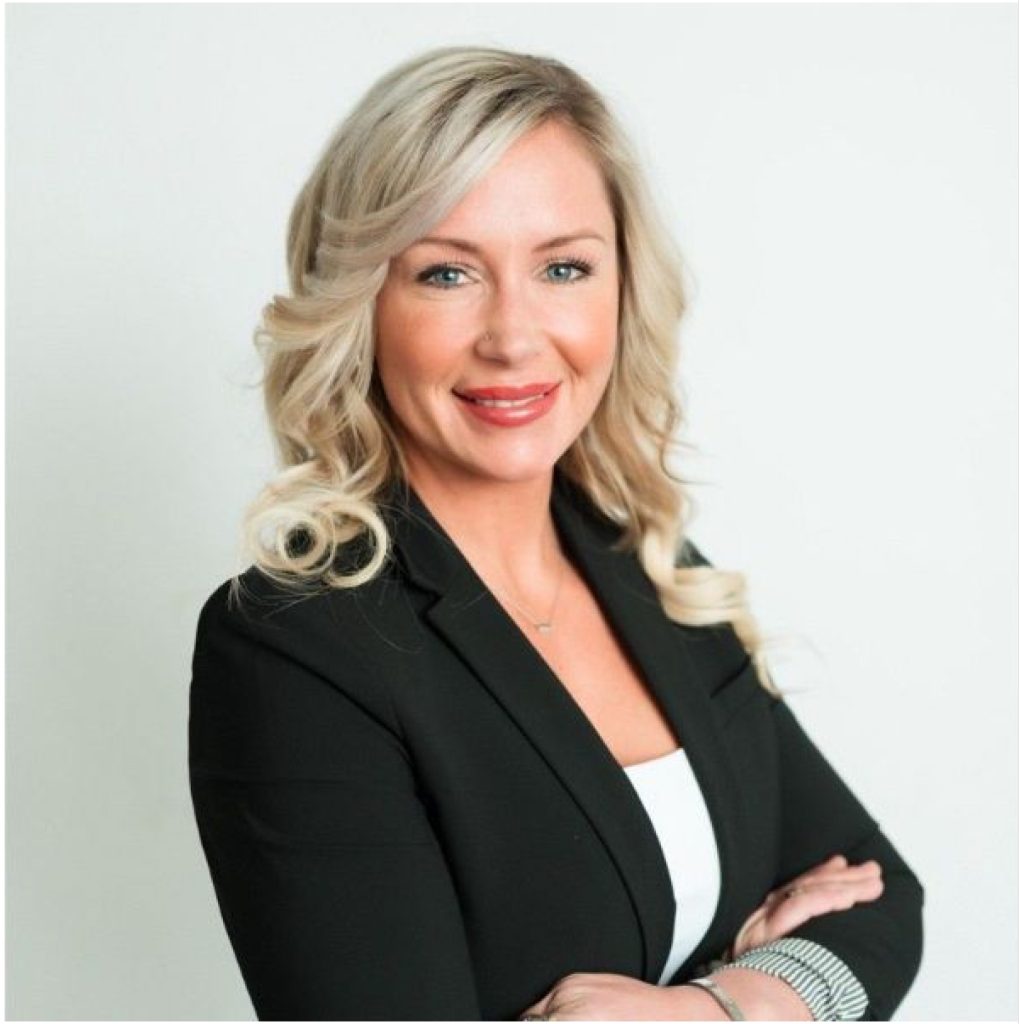Join me for a fascinating conversation with Greg Olson, a seasoned expert from Medtronic, as we uncover the intricate world of medical sales, specifically focusing on cardiac rhythm management (CRM). Greg, having devoted 25 years to the company, shares his invaluable insights as a Senior District Service Manager, leading a dedicated team of clinical specialists. Together, we explore the multifaceted roles within medical sales, where technical prowess and engaging customer interactions reign supreme, even when price negotiation isn’t at the forefront. Greg passionately discusses the importance of aligning one’s values with their company’s mission and the critical role of selling knowledge and service in propelling career advancement.
Venture with us into the demanding yet fulfilling lifestyle of CRM professionals. The journey extends far beyond a typical nine-to-five job, demanding commitment and resilience. We delve into the challenges that arise, such as unpredictable schedules and the impact on personal life, while emphasizing the necessity of having strong family support. With a closer look at the distinct personalities that thrive in roles like sales representatives and clinical specialists, we recommend potential candidates shadow current professionals to grasp the CRM lifestyle’s unique demands fully. This episode is an essential listen for anyone contemplating a career in this challenging yet rewarding field.
Discover the cutting-edge advancements in cardiac device technology, where innovation transforms old, bulky pacemakers into sleek, efficient life-saving devices. Our discussion highlights the broad spectrum of individuals who benefit from these technological marvels, from newborns to the elderly, and the continuous drive for innovation that underpins this industry. Greg shares a personal story of his journey into the field, showcasing a genuine passion for enhancing patient outcomes. Whether you’re captivated by technological advancements or intrigued by career opportunities in medical sales, this episode promises rich insights and an inspiring call to action for those eager to embark on a rewarding career in medical technology.
Meet the guest:
Greg Olson is a senior district service manager specializing in cardiac rhythm management, with over 25 years of experience in the medical sales industry. Known for his dedication to patient care and deep expertise in pacemaker and cardiac device innovation, Greg has witnessed firsthand the evolution of cardiac rhythm management technology. He brings valuable insights into the role of clinical specialists, the demands of the profession, and the importance of work-life balance in such a high-stakes field. Greg’s extensive experience highlights the critical intersection of technical knowledge and compassionate care, providing a unique perspective for those considering a career in medical devices and patient-centered healthcare.
Connect with him: LinkedIn
Watch the episode here:
Or Listen to it on your favorite platform:
Love the show? Subscribe, rate, review, and share!
Join the Medical Sales Podcast Community today:
Episode Transcript
00:07 – Samuel Adeyinka (Host)
Hello and welcome to the Medical Sales Podcast. I’m your host, Samuel, founder of a revolutionary medical sales training and mentorship program called the Medical Sales Career Builder, and I’m also host of the Medical Sales Podcast. In this podcast, I interview top medical sales reps and leading medical sales executives across the entire world. It doesn’t matter what medical sales industry from medical device to pharmaceutical, to genetic testing and diagnostic lab, you name it. You will learn how to either break into the industry, be a top 10% performer within your role or climb the corporate ladder. Welcome to the Medical Sales Podcast and remember, I am a medical sales expert, sharing my own opinion about this amazing industry and how it can change your life.
00:59
Hello, welcome to the Medical Sales Podcast. I’m your host, Samuel, and today we have with us another special guest and he goes by the name of Greg Olson. Greg is in. You know what, I’m not even going to spoil it. He works for Medtronic, huge company. You know how big this company is and he does something very cool in cardiac rhythm management, but you’re going to have to listen to the episode for the rest. So, as I always do our best to bring you the most innovative professionals in medical sales, making things happen and I really do hope you enjoy this interview.
01:28 – Greg Olson (Guest)
So my official title? I’m a senior district service manager. I work for arguably the largest device manufacturer, not only in the country but, quite honestly, in the world. We’re in over 167 countries. The company’s been around for 75 years. Of those 75 years, I’ve been with them for 25 years and so it’s important to understand. You know that piece of it and we’ll talk about why I’ve been there so long and what you look for in a company, and then again what I do. And so, as a service manager, I am a almost a daily operations manager.
02:08
Okay, so my role is to make sure that the team, my direct reports right have the things that they need. I am their clinical manager, so they are clinical specialists within the field, and these individuals they support cases. We work for CRM, so that’s cardiac rhythm management. They support cases. They’re there for the follow-ups with the patients. So it’s never a one and done for us in this world that we live in for CRM. We are there for the implant. We educate, we are there for the follow-up, and so these are the individuals that report to me and I say that loosely because I actually work for them. So as their manager and as a service manager, it’s really my job to work for my team, it’s to make sure that I’m empowering my team.
03:01
There are autonomous field individuals that are out there. We don’t work in an office. I don’t micromanage their day-to-day. We trust in our individuals to go out there and have conversations with our customers, have conversations with our patients and be the technical experts, and so with that, I work on their development, I manage their budgets. Development, I manage their budgets. We are involved to an extent in contracting, but contracting on a different level than traditional contracting, meaning I’m not going to come to you and negotiate a price with you.
03:38
That’s really done any more corporate level, and so even that has morphed, and I’ll say that in CRM there becomes this gray zone of clinical specialist, sales reps, and so when we talk about a differentiation of what these individuals do, you yourself, looking at the individual from the outside, looking in, you don’t know what their title is. Why? Because a sales rep is going to support those implants. They’re going to support the follow-up with the patient, they’re going to talk with the customer. The clinical specialist is going to do exactly the same thing. They share in call, they share in day-to-day activities. The differentiating factor, and that’s why it starts to kind of blend and the traditional roles of sales really don’t exist as they did 20, 30, 40 years ago.
04:34
It’s no longer again going back to. If I’m having a conversation with you, I’m not negotiating like I used to as a sales rep. Right, I could negotiate the price and say I’m given liberty for my company. If you buy three of these, I can get you this price. Now, this is what the contract is. The big IDNs, the big hospital systems, are the ones that are negotiating these prices, and so we are there to support these things. But it gets into relationship and, getting back to my role as a manager, it’s making sure these individuals are equipped with the knowledge to have again those customer reactions or those customer interactions.
05:16
But if you think about it and I pose this question on a lot of individuals I say okay, so who is the customer? And when I say, are you selling something, you know a lot of my clinical individuals will say no, no, no. Well, I’m not a, I’m not a sales representative, and I and I challenge them on that because you know, as, as a representative of a company, you are in front of a customer company, you are in front of a customer and whether it is selling a product based on price or are you selling a service, you’re selling your technical expertise. So, inherently, yes, you are selling. You’re selling through other means other than breaking it down to the rudimentary.
06:00
As a sales rep, I sell, I sell you this, and if I can’t get you the price, then I got to call somebody else in. We all sell. We work for a company, this is what we do and we sell our expertise and that is really that development piece that I work with our individuals on. And what do they want to do, how do they want to be and how do they look at this world?
06:24 – Samuel Adeyinka (Host)
Okay, so short and sweet of it and I want you to correct me. I’m not telling you, I’m kind of asking. You are a manager of clinical specialists. That is correct, nailed it Okay, and what you just iterated is that the job of a clinical specialist versus a sales rep. And cardiac rhythm management. No associate sales rep in this space.
06:50 – Greg Olson (Guest)
No, not technically. We have what are called junior sales reps. Okay, so that is maybe a partner, a junior person, bringing in. So again, you want to learn the you know, learn to be a sales rep. Maybe you don’t have medical device sales, so we’ll pair you up with somebody, we will split the territory and that’s a full-time position. It’s a full-time position, it’s not a, and they’re very rare to have those and I can break down why that is Not every team gets them.
07:22 – Samuel Adeyinka (Host)
Not every team gets them.
07:23 – Greg Olson (Guest)
Not every team gets them no they don’t I see.
07:27
The reason being is in cardiac rhythm management, the way things are set up is you have more clinical specialists than you do Salesforce, and so ideally a sales rep will have a territory, depending on their annual operating plan, their AOP, to generate X number of dollars for the company. And that’s how we get to our district-wide AOP is we have these sales reps covering large areas, but they have a larger clinical team, so one sales rep will likely have five clinical specialists working with them on a team.
08:02
So many hands make light work, and so when we do it, this way and again when we talk about working with them on a team, so many hands make light work, and so when we do it this way, and again when we talk about I was talking about the gray zone of how you, looking at an individual coming in to check it, you don’t know what their title is.
08:14
They could be the CEO of the company. All the patient knows is that you’re a representative of the company and so. But what it is is the sales reps have a I don’t want to call it a target, but a number that they have to achieve, and that goes back to that territory. Let’s say it’s $7 million. So they have to drive and coordinate, as the field leaders, that team to achieve that $7 million, given that we myself and other managers are supplying them with the you know the, with the talented individuals to do the job, to cover the cases, to support the clinics, to educate on the products and services that you know the company provides, and so it is a very great working relationship that you have to have between your clinical team and your sales team, because you want unified messaging as well.
09:13 – Samuel Adeyinka (Host)
No, I mean, I mean go ahead.
09:17 – Greg Olson (Guest)
No, I was going to say you don’t want. If you and I are on a team and we’re trying to sell something or a product and I’m saying one thing and you’re saying something different, it creates confusion, and so a part of what you know again, my job is and we have what’s called technical field engineers as well that do a lot of education Is to make sure we we know products and services. How do these devices work? Products and services, how do these devices work. We are all conveying a unified message and we don’t want to create confusion within our customers. We don’t want to create discord or anything else.
09:55 – Samuel Adeyinka (Host)
No, it makes sense, it makes absolute sense. So I want to go back, though, to the team structure. So junior sales rep, which is rare and it sounds like only certain territories would warrant that, but the normal setup is clinical specialist to sales rep and actually a number of clinical specialists to sales rep. So in that vein, in that vein for cardiac rhythm management, you did mention that it’s a blend. You know everyone needs to kind of go hand in hand and really customers should see you as an entity, a unit, as opposed to anything else. But for those listening right now, for those that want to be in medical sales and are hearing this and saying wow, that sounds kind of cool, and for those that are in a different type of medical device, doesn’t want to be in cardiac with cardiac, with the management, give us the differentiators between what is the sales rep need to have and not have versus what does the clinical specialist need to have and not have.
10:44 – Greg Olson (Guest)
so that’s actually clinical specialist need to have and not have. So that’s actually a great question, because this is where, if you are from the outside looking in and want to get involved in this, it’s really important to really connect with those local CRM folks. And I’ll say this because when someone does something very well, what do they do? They make it look easy, correct, you know, you, you look, you see these things and you’re, you know, you’re like wow, that’s, yeah, that looks, that looks easy. Well, it’s because they’re doing it well, it makes it look easy. Or they, they make it look simplified. Sure, to really do this and the best way? Uh, most of the time when I’m interviewing I’m a hiring manager it almost sounds as if I’m trying to talk individuals out of doing this but it’s being honest.
11:31
So you have to be very honest with those that are looking to do this about what the CRM lifestyle is like. It is it’s not a Monday through Friday job. It is a start in the morning end. When it’s done in the evening, it is, you know, eyes wide open. When you’re looking at this Shadow do ride-alongs. The best way to look at this is it is not a job, it’s not a career, it’s a lifestyle. There really is. This becomes a lifestyle that is very patient focused, and that is a very important thing to remember.
12:10
Without the patient, we don’t exist. The things that cardiac rhythm management does is we design, we manufacture life-saving devices. So being patient focused and always keeping the patient in mind is why, when you look at these roles, you have to say is that my driving force, if you go into looking to join cardiac rhythm management, whether it’s sales or clinical, and you’re not patient focused, these types of roles will really eat you up. It’s just a fact. There you can start at seven o’clock in the morning and may end up at 7 pm. Maybe you start driving one direction and you get to your account and they find out that they rescheduled the case and so now you have to go right back to where you started. So it’s a very structured lifestyle. You miss certain things. You’ll miss your own surprise birthday party because when there’s a patient on the table, you don’t leave. You’re there, you’re part of a team that’s something bigger than you the individual to your birthday party anytime you want. On another day, the patient on the table with a heart rate of 30 needs you there to program a pacemaker so that they live to see another birthday. That is the key, the driving force for these individuals that do CRM, to get up in the morning and do this day in and day out, and do it with enthusiasm, professional acumen, you name it. It’s different than just saying, okay, well, I clock in here and I know that in eight hours I’m done and my time is my own. And it’s not like that for us. You know hospitals are open 24-7. We are open 24-7. So any individual looking to get into this really has to understand. It is a lifestyle. It is something where if you’re chasing, if you’re chasing the money, so it’s lucrative for all people, lucrative for all people, it pays well. But if you’re chasing money and you’re there at nine o’clock at night, you start to think to yourself well, wait a second, I started at six o’clock in the morning and now this case canceled. And if you’re a sales rep, am I going to get paid? Because I work off commission and so when is this going to be done? And so it can.
14:43
It can create, you know, uneasy or unhappy thoughts let’s put it that way about what you’re doing, and so you really want to make sure that you’re doing it for the right reasons. Ride alongs shadowing people. We say, have your eyes open extremely wide if you want to do this, so that you understand that when you see us and we go in and we do our thing and we’re smiling and we’re happy and we check somebody, and then we leave and we wave to everybody, we say have a great day, it’s wonderful. You think, wow, that’s, that’s so easy. What on the max side is is nobody understands that we’re already late for the next thing we’re supposed to be at, because we were delayed from the first thing in the morning and our time is not our own. We is everything to you, because what you perceive becomes reality, and so that is that. Doing something well makes it look easy. But what’s not understood is all the things behind that, where it makes it look easy, is all the things behind that where it makes it look easy.
16:09
So I always recommend, if you want to do it, you reach out to your local CRM representatives and you say I’m interested in doing this. How do I get into it? I would like to shadow you for a day. I would like to, if you can. Can you get me into procedures? Can you get me in front of? I want to see what you do and I want to make sure this is something that my self understands. And then also, what does my family structure look like as well? And do they understand that there’s a patient on the table? I’m sorry I missed dinner. Are they okay with it?
16:44 – Samuel Adeyinka (Host)
No, I love that you know you’re right. You got to be very transparent and upfront with what this looks like, and are you willing to modify your lifestyle if you’re going to consider this space. But still, what’s the differentiation, though, between the sales rep and the clinical specialist? You know? Can you? Are you saying that you really can’t have any differentiation, or are you saying a certain type of person would be a better fit for sales rep and a certain type of person would be a better fit for clinical specialist?
17:11 – Greg Olson (Guest)
when it comes to cardiac rhythm management, so the question is, is really asking somebody? I think anybody who wants to be a sales rep, if they have the, if they’re, if they have the business acumen to do it, can do well. The differentiator, though, is again, is a sales rep is going to have a number they have to achieve, and so their responsibility mirrors what a clinical specialist does in the field, plus. I will say that let’s say plus, because they have got other responsibilities, which is, um, you know, being that main point of contact a lot of times for the physician, making sure the physician understands that, hey, I am the rep, I am your sales representative, and there are many things that go with that, which includes a a lot of times, you know, covering the majority of things that happen with that customer, ie, educational events, training, you know, out of state, setting up dinners, setting up luncheon services, whereas you know and again, it’s all about driving that to that number. That doesn’t go away. I’ll say low salary, high commission, so their salary is going to be smaller and then they’re going to work off a commission based on that territory.
18:36
And then again, how do you define a sales rep? I’m not the first to say this, but to be a successful sales rep. Go sell to somebody who doesn’t give you business, right, that’s fair To be a successful sales rep. Otherwise, you are maintaining your business, which isn’t bad. But are you growing your business? So if you’re just supporting what gets handed to you or what gets called to you or what you’re comfortable with with your customers, you’re maintaining your business and that’s OK. But again, a sales rep, their job is to grow the business. That means you’re going to go out after somebody that doesn’t give you business and it is your job to sell the product and features.
19:23
Now let’s bring in the clinical team. So again, throughout the day, they’re both carrying we, we, they’re, we, you know they’re. Basically, we call them these just big black bags that we carry around. All industry personnel carry these it’s. We bring in the product, we bring all that stuff in. So if you see five individuals male, female walking down in the parking lot going into a hospital, I would, I would say to you which one’s the sales rep and you wouldn’t be able to tell. You don’t know, because they’re all racing in to go do something. It could be different, it doesn’t matter. They all carry the big black bag, they all carry all their product with them.
19:58
But on the clinical side now we look at a higher salary and then a commission that’s generally tied to a district and how a district performs. So I have all these sales reps contributing to the district overall goal and the clinical specialists are really not tied to a specific territory but are what’s called a regional or a district asset. They are the universal player, they are the one that I can say to my team and I currently manage all of Arizona and Nevada for clinical specialists, so I have a large territory. And so when these universal players, when I need them to hop on a plane and fly to Vegas to cover for a couple of days, I don’t call a sales rep because the sales rep has given territory, given number of hospitals and given number of customers and they’re again going back to it.
20:57
That’s their world, that’s their livelihood. The clinical specialists are their support network that help them reach all the many customers that they have, help them support the cases, help them support the clinics. And again, going back to you know, do they sell? Absolutely, clinical specialists are selling their expertise. They’re selling their, they do a lot of the training and education we have. We have clinical specialists that honestly have, I think, better relationships with some of our customers and that’s not anything against the sales rep, it’s not anything for us, it’s it’s the human nature to say to someone I really like this individual right.
21:43 – Samuel Adeyinka (Host)
Well, doesn’t the clinical specialist spend more time with the sales rep anyway?
21:47 – Greg Olson (Guest)
I mean I’m sorry, I’m sorry.
21:50 – Samuel Adeyinka (Host)
Doesn’t the clinical specialist spend more time with the physician anyway?
21:54 – Greg Olson (Guest)
So I would say it’s about equal. And the reason I would say it’s about equal is because we’re supporting cases and we’re there and so is the sales rep, you know. So there they could be in two different rooms still supporting that implant, and again the differentiator is on the sales side of it. I’m going to, I’m going to say, and then my sales manager partner that also co-manages the same district that I do, you know, he’s going to say to his sales team hey, I need you guys to make sure that you’re out. You know having dinners with customers as we launch new products. You know, really doing a one-on-one, that the clinical specialists are going to more or less see them inside that lab setting. They’re not going to be taking them out generally for dinners or things of that nature.
22:44
So again, but it’s really when you look at it again. Is there a distinguishing factor? Only what we internally know what that individual is doing. Again, looking from the outside, and unless you know, there are sales reps that cover large territories that without the clinical team they just wouldn’t be able to do it, they would not be successful. One person can’t cover such a large territory. I have clinical specialists in outlying areas that to the customer they are everything. They are the sales rep, they’re the clinical specialist, they’re the field clinical engineer, they’re the technical field engineer.
23:28 – Samuel Adeyinka (Host)
They’re their own manager.
23:30 – Greg Olson (Guest)
They are everything to the customer, because they are three and a half, four, five hours from their nearest person and they manage that themselves. And so to the customer, what are they? A representative of the company, right right?
23:47 – Samuel Adeyinka (Host)
No, it makes sense. It makes perfect sense. Okay, this was great. You know, you really gave us a clear picture on what it looks like with cardiac rhythm management. Now can you walk through surgery with cardiac rhythm management. You know what’s the involvement and you can choose to be the cell drip or the clinical specialist. But for all of those listening right now that have no idea what cardiac rhythm management is, besides the fact that the word cardiac is in it, break it down for what it looks like. What it looks like.
24:17
I hope you’re enjoying today’s episode and I want to let you know our programs cover the entire career of a medical sales professional, from getting into the medical sales industry to training on how to be a top performer in the medical sales industry, to masterfully navigating your career to executive level leadership. These programs are personalized and customized for your specific career and background. Programs are personalized and customized for your specific career and background and trained by over 50 experts, including surgeons. Our results speak for ourselves and we’re landing positions for our candidates in less than 120 days in top medical technology companies like Stryker, medtronic, merck, abbott you name it. Would you run an Ironman race without training and a strategy? You wouldn’t, so why are you trying to do the same with the medical sales position? You need training, you need a strategy and you need to visit evolveyoursuccesscom. Fill out the application schedule some time with one of our account executives and let’s get you into the position that you’ve always dreamed of.
25:13 – Greg Olson (Guest)
Yeah, this is actually an easy one to do. Again, we start, we manufacture a product, a cardiac device I’m going to pick on a pacemaker. We manufacture defibrillators, we manufacture heart failure devices, but pacemaker. Pacemaker has always been instant gratification, and the instant gratification of a pacemaker is to see a patient on the table with a slow heart rate. We put a pacemaker in. Now they have a physiologic heart rate.
25:46
I don’t use really typically the term normal, because that’s another definition of what you think is normal, what I think is normal two different things. But so to walk through the surgery, once that product is made, that product then gets shipped to us, the individuals in the field. Ok, so it arrives on my doorstep, I put it in my giant Watts bag and that’s who we all use, watts bag. So it’s not a plug for Watts, it’s a. It’s just a very durable bag, and they are the industry, probably the industry leader, in designing these bags for us. They have different compartments, they know what we need, and so all that product then gets shipped to us either FedEx or UPS. We then get called for this procedure. So we are called either by the office or by the hospital lab to say we have a pacemaker implant tomorrow at nine o’clock, with doctor so-and-so, patient so-and-so. So we show up 30, 45 minutes early, we bring our, we unpack our big bag, we walk into the hospital and this is where the whole timeline starts to unfold as to what we actually are now going to do. Because the first thing we have to do is we’re all credentialed for these hospitals. So we have to sign in to every hospital. Every hospital has to know that we are on premise and on site. Once we sign in, then we either go to the operating room or we go to the cath lab or the EP lab. Now, to define those, the operating room is the general term for all procedures cardiac. So heart surgeries, knee replacements, you name it. That is surgery. That is the operating room.
27:30
When we talk about a cath lab, cath labs are kind of blended units of. We have cardiologists who primarily work in cath labs, we have electrophysiologists who work in EP labs, and a cath lab could be a hybrid situation of EPs working there, or they have a dedicated what we call an EP room for mapping and other things. So to break it down even farther for everyone, a cardiologist is somebody who works on the vessels of the heart, so they work on and I’m speaking very layman’s terms here, but they work on the vessels and they make sure that the vessels or the pipes that feed blood to the different parts of the heart are open. That’s what they do. They have catheters, they have stents, they have all these different things. Angioplasty that’s a cardiologist. We do have cardiologists that also implant pacemakers and have been trained to do that, but it is primarily electrophysiologists to do, I would say, the bulk of that.
28:38
So then you say, okay, well, what’s an electrophysiologist? We don’t know what that is. You told us cardiologist is somebody who works on the vessels of the heart, the pipes, the plumber of the heart. Okay, so what does an electrophysiologist do? Well, they’re the ones that deal with the electrical conduction system of the heart. So, okay, the two go hand in hand. You can’t have an electrical. You know, if your plumbing is backed up, that’s a problem. If your electrical is not working, that’s a problem. And so electrophysiologists focus in on the, the, the complex structure of those electrical signals that generate the heartbeat. We always talk about this. We say what’s the most important letters of the alphabet? It’s P-Q-R-S-T, because that is, if you look up in EKG, the heartbeat, that’s the P wave, that’s the atrium, that’s the ventricles, those are the most important letters of the alphabet. That’s what keeps you and I alive, that’s what keeps everybody that’s watching this alive. And so these are the electrophysiologists, and they are the ones that are generally putting in these devices. They’re putting in the pacemakers, the ICDs, the by bees. They’re mapping, they’re ablating, they’re doing these things.
29:58
And so now, going back to what is my role there, so I’ve got my product, I’ve signed in, I know where I’m going. I’m going to the cath lab. I’m not going to surgery. I’m going to work with this doctor. He’s an electrophysiologist. We have a patient that presents incomplete heart block. So it’s a. It’s a, it’s an abnormality, an abnormal heart rhythm where the atrium beats more than the ventricle. Ok, so it’s very fast in the atrium, it’s very slow in the ventricle, and so we need to put a pacemaker in. So we need to then return to what we would consider a physiologic state. Well, guess what? Now I’m the guy that brings everything in. I’m the guy, the gal, I’m the person that brings everything in for that procedure and I set everything up.
30:43
The physician, then, is the one that scrubs in. We do not scrub in. We are part of this team that’s going to help this patient. There’s an RN, there’s a scrub tech. Likely there’s going to be an anesthesiologist that’s going to administer drugs to sedate the patient, to make sure the patient’s very comfortable. We have a nurse that’s monitoring heart rhythms, and then we have the physician, and then we have us as that, and I’m going to get to this. We’re a guest in that facility, right, so we’re part of this team, but we’re a guest in that facility, and so we are that expert with our product and the physician. Then you know, they’re the ones that are going to.
31:23
They make the incision, they gain access into the heart. We use what’s called introducers. They are basically, in Blameless terms, a straw that we put a lead through. So once the physician access the heart, we hand off this information. The physician then starts inserting leads into the heart. We have active and passive fixation leads. Some are timed leads and those are the, the passive ones. They, I would say they look like little fins on a, on an arrow, uh. And then we have what’s called active fixation leads, which which, again, uh, for everybody listening, what does that look like? Is take a corkscrew for, you know, a wine bottle and look at that little helix that’s what we call a helix. That’s what that looks like and they’ll position those within the heart.
32:08
So then, now that I’ve handed this stuff off, my next role is is they’ll hook up what we call pacing cables to those leads, and I now start interfacing with the heart through those leads, because this is how sophisticated devices are. So now I’m testing those leads, I am sensing the heart, which means I’m looking to see what does that heartbeat look like? What signal am I getting for the device we’re going to put into read, and then I send an electrical impulse down that lead to cause the heart to beat. Wow. So now I have taken over for that person’s normal physiologic electrical conduction and I am artificially stimulating that heart. And now, once we’ve gotten this done, I’ve programmed and we call it programming which is interfacing with the computer of the pacemaker. My computer, my iPad interfaces with this device and I’m programming rates, normal heart rates, 60 to 100, rate response, higher rates for activity Thinking.
33:15
In our world we work in seconds. Right, our world revolves around seconds. Devices, cardiac devices, think in milliseconds. A thousand milliseconds equals a second. It’s astonishing what it goes into these devices and how fast they think. And so we program these devices, we hand it off.
33:32
Now the physician now takes this device and this is all sterile equipment. He connects these, this device, to those leads that he screwed into the heart or fixed into the heart that I tested. He puts it in what’s called the pocket, like a shirt pocket, an incision he made. He puts it in there, he sews it up, we do our final testing on it and, lo and behold, this patient now, who came in and presented with a heart rate of 30, incomplete heart block, now has what we consider normal sinus rhythm or a physiologic heartbeat now, and their color goes from blue to pink.
34:11
So what did we do? So? This is what we did. This is. This is why, going back to patient focus, what is the what’s the most important thing in that room at the time? Arguably, some will say, well, it’s the physician. And I would argue and say they are extremely important. But why are you there? You’re there for the patient first, everything else, and that’s why the physician is there for the patient. Everyone is there for the patient first and that’s why the physician is there for the patient. Everyone is there for the patient first. Everything else kind of starts to fall to the wayside. So that is what our role is, and then you know. Then it’s tidying up the paperwork right, it’s the billing, it’s the making sure the patient has ID cards, making sure they have remote monitoring so that the clinic can monitor these patients.
35:00 – Samuel Adeyinka (Host)
For the next 10 to 15 years. Wow, wow, okay, that was that was. That was good. I hope that gives everybody a glimpse into the world of of CRM. Okay, so you know.
35:11
You said something earlier about the lifestyle of this rep and hence why there needs to be so much focus on on the patient. With that being said, we’re going to get a little personal here. Greg, are you a family man? Yes, how many kids do you have? One? How old he’s? 11. 11. And are you married? Yes, okay, so married family man with one child, with this demanding role that you’ve been doing for 25 years.
35:43
So there’s a thing called burnout. That’s very real in medical sale. You know one. You know you. You know what our company does. We help professionals get into this industry, and one thing we have to spend so much time making sure it doesn’t happen is getting someone into a position that they’re just going to burn out in five or six months because they shouldn’t have been in the first place. So you got to find the right place, but you managed to find a job that, for 25 years, is not a nine to five, have a child and be married. How do you make it happen? How are you able to have this kind of career this long, even though you have these other responsibilities that require your time.
36:21 – Greg Olson (Guest)
Yeah, that’s a great question and it’s it boils down to balance. So I don’t use the term work life balance, because that’s a skewed based on on you, the individual, right. Sure, um, some people their life is to work and they love what they do, and they, they can’t see doing anything else. Um, you have to balance priorities and there’s a lot of competing priorities, and so you have to manage your time, maximize the things that you do, and understand it. Again, it goes back to what is important it’s the patient.
37:05
I used to go into call weekends and I would say this to my wife it would be Friday morning and I would say I’m on call this weekend, I’ll see you on Monday. Why? Because I it’s no stress for me to know that. Hey, if I get called, I got to work, I’m on call, that’s my obligation. However, it gets stressful if I’m trying to get to a luncheon on Saturday or if I’m trying to get to a dinner and show up only to get called out because there’s a patient in the emergency room that needs me, you know. And so it is that type of balance and understanding that helps you kind of stay off that or push away the burnout If you’re chasing something other than what that means and what these roles mean, then burnout is very likely.
37:58
Because it is unstructured, it is controlled chaos at best in a CRM space. It is early mornings, it’s delays, it’s hurry up and wait, it’s late evenings at times, but it’s how you maximize the day and what you do in between that. Because the other thing about this role is there is also great flexibility. Great flexibility for me to say, I’m going to go to the dentist today to get my teeth cleaned. I don’t clock out, I’m getting paid, I’m a salary employee, right. So I also went shopping. I picked up dog food. I have three dogs as well. I have three dogs, a kid and a wife. So most of my meetings are done in my vehicle, because that’s what we live in, right. That’s your live, that’s your workspace, your lunchroom, everything else going from place to place.
38:57
But it’s the balance that’s key and it’s looking at it in a in a different lens. It’s not getting frustrated that you have to be there in the evening because, guess what, your crew doesn’t want to. There’s not. The physician doesn’t want to be there at nine o’clock at night, the rn doesn’t want to be there at nine o’clock at night. Guess who really doesn’t want to be there at nine o’clock at night? Guess who really doesn’t want to be there at nine o’clock at night?
39:21 – Samuel Adeyinka (Host)
the patient’s patient come on, man, I love it.
39:25 – Greg Olson (Guest)
Put your lens on to say to yourself what if it’s me? Because guess what we? This thing is not. Cardiac, uh, rhythm abnormalities, electrical abnormalities, heart block heart disease, heart block heart disease these are not things that are relegated to the perception that that’s an elderly thing. Oh, you’re 80 years old, you need a pacemaker? No, we put them in babies, you know let’s talk about that for a second.
39:59 – Samuel Adeyinka (Host)
Actually, you know, I think that this is important to highlight why don’t you share with the audience, you know, what is the breakup of who actually who who’s getting pacemakers? Because, I think you’re right, the assumption is the elderly and just the other. So what is the? If you were to, you know, assign percentages, where would you put them? Oh, it’s, it’s, I’ll tell you what it’s.
40:18 – Greg Olson (Guest)
It’s. I’ll tell you what it’s. It’s hard and I’ll say why it’s hard. Because the cardiac device there’s like two cardiac devices going in every second. That’s every second, every this during this entire thing. You can break it down In the US right now, that is how many devices are going in. And again, it’s not a like. It doesn’t pick on a gender, a race, a population, a geography. It doesn’t Heart abnormalities that we put these devices in. It’s not. It doesn’t pick on anybody, it’s. It is really. It is the universal. If you got a problem, you’re going to get it right. It’s the universal.
41:09
Everybody has an opportunity to have these things happen to them. You know, I would say genetics play a role in a lot of this stuff. There are things and electrophysiologists do this there are testing. They’ll do that if a patient presents with a certain electrical abnormality, they’ll actually test the entire family, because there are certain genes, genetic traits that predispose somebody to electrical or ventricular abnormalities, heart abnormalities, electrical abnormalities, and so, to answer that question, it’s really hard to put it into a percentage, but it does affect, I will say, the youngest in my career, in my personal career, the youngest was an hour post C-section, we put a pacemaker in a baby. One hour post C-section, post delivery to 103 years old, we put a pacemaker in this lady a hundred and three.
42:04
So, and then everybody in between, from the athlete, from the student, from the lawyer to the doctor, to you know, you name it. Yeah, we’ve done it. And that’s the thing of like I say, in life there’s, there’s great equalizers in life. One of them, the great equalizer is, is the thing that none of us can stop, which is the process of aging. We could try but we won’t Right and in the inevitable end, right, whatever that may be, there’s. Those are things in life that it’s the great equalizer among all of us.
42:41
And I would say that is true about electrical abnormalities, that I don’t, I’m not worried that when I’m 70, I’m going to be like, oh my God, I’m 70, now I might, I might have to have a pacemaker, right. But the other side of that is looking at it again on a patient standpoint. These are cardiac devices that save lives. So we extend life, we extend the livelihood. A hundred years ago again, this company has been in our first place 75 years. So let’s go back a hundred years before the pacemaker. So I have to go really far.
43:16
But if you think about it, a hundred years ago somebody died and you said wow, and they were. Let’s say they were. You know, 100 years ago, 60 was elderly, 70 was elderly, 80, 90. That was almost unheard of 100 years ago, um sure. And you said what did they die from? Well, old age, right, nobody dies really from old age anymore because we have better diagnostics. So so we diagnose what we died from, right, yeah, we know why they died. But now when you look at that and you say, okay, well, now let’s transport that thought into what cardiac devices do and we extend the life and people are living longer because of this technology, and that’s the other thing. So, going back to, how do you survive and do this for 25 years? How have I done this and how? These demands? It’s the constant evolution of the excitement of new technology. We are not stagnant.
44:11 – Samuel Adeyinka (Host)
The pacemaker, that, actually. But I actually wanted to ask you 25 years, you know you’ve seen amazing innovation. You know you’ve seen amazing innovation. Absolutely. I wanted to ask you what is the biggest innovation from when you started to today that you’ve seen? The biggest hands down, biggest one.
44:31 – Greg Olson (Guest)
So the biggest one is when we took a pacemaker and we shrunk it down to the size that big and it and it’s implanted inside the heart. There’s no external wires. There’s not an external device, it is the size. So the way to equate it for listeners out there is if you looked at a nine millimeter bullet, right with its casing on and everything else, it’s approximately that size so okay, I got one more question, yeah, one more question before you go. One more question.
45:02 – Samuel Adeyinka (Host)
Yeah, one more question before you go back. One more question. So that’s the biggest innovation in the last 25 years that you’ve seen Fast forward 10 years. That I personally think is Fast forward 10 years. You know things, of course, and you’re working on technologies that no one here could even fathom Fast forward 10 years. Where do you think we might be that that? Uh, yeah, where do you think we might be that the audience?
45:30 – Greg Olson (Guest)
listening right now would probably just not be aware of. So it goes back to that. When you go back to the very start of this and you say to yourself a pacemaker was the size of a hockey puck, and I’m using terms that you can put your hands on. A hockey puck, go anywhere. Yeah, find a hockey puck, and I’m using terms that you can put your hands on a hockey puck go anywhere.
45:42
Yeah, find a hockey puck. They were abdominally implanted because you couldn’t put them in someone’s chest it would stick right out, okay, so we had these hockey pucks that were put in, and then now you, you, as you go through this progression of time, they start getting to the size of like two silver dollars stacked on top of each other and now we’re to the size of you, two silver dollars stacked on top of each other, and now we’re to the size of, you know, the tip of my finger.
46:05
That’s nine millimeter right and it’s implanted in the groin. So where are we going to go? That is really a hard one to say, because technology leapfrogs, and things that we and again why I love this things that we do now or things that we launch now, they’ve been working on for many years, you have to get them to the.
46:28
FDA. So what’s going to be in 10 years is something we’re working on right now, but guess what? We’re going to launch three or four things before that, because every couple of years, technology you know, as wafer boards shrink, as things shrink, things get smaller. We are looking at different things for pediatric populations. We are looking at things that not only will extend your life, but these batteries are lasting longer and longer. I mean the average.
46:57
When I started 25 years ago, a good life on a battery for a regular pacemaker was seven years, and so a heart failure device. And today, and today, 15 years, you’re putting it in. And then one thing I’ll say about that, and this is the caveat to everybody that wants to be a sales rep Just to think about this and think about why growth and why you have to go after the customer, that doesn’t give you business. So, going back to what I said, what’s the definition of a sales rep Selling to somebody who doesn’t give you business? In cardiac rhythm management, in this space, we get paid one time the time the device goes in. One time the time the device goes in, that’s when I can bill for it. I, I, we don’t bill for the follow up, so when I show up at someone’s office and I check those 30 patients in that clinic, that word no yeah, yeah, I got paid one time that was at the time so guess what I just said to you?
47:58
that it’s going to last 12, 15 years. That’s the next time we get paid on that individual patient, that one patient.
48:08 – Samuel Adeyinka (Host)
Wow. So you know, just putting it that way, really captures. So why do you do this? You need to be.
48:16 – Greg Olson (Guest)
Yeah, why do you do this? Why do you? Why do you do it? And again, I just I know we’re going, I know we’re coming up on our time here and I just want to say I really appreciate you having me on.
48:29 – Samuel Adeyinka (Host)
I love these topics.
48:31 – Greg Olson (Guest)
I love talking about this.
48:32 – Samuel Adeyinka (Host)
Yes, you do. This is awesome.
48:34 – Greg Olson (Guest)
If you ever want me back, I’ll gladly be back, because I love to talk about this stuff. Come on.
48:39 – Samuel Adeyinka (Host)
You know what?
48:40 – Greg Olson (Guest)
25 years ago. I got to tell you when I got my start, why I got my start in this and why it’s been such a passion and why people succeed at this and why there’s such longevity is because of this whole mindset of that patient and everything we do and the technology.
48:56
and I’m never stagnant, I have to learn something new. Never stagnant, I have to learn something new. We come out with something new. I just learned this and I feel really good about you know, presenting it. But guess what? Now we added a new feature, something to help the patient. Now let’s go talk about it.
49:10
But 25 years ago I got my start and I started in my early twenties with with this, with my company here, and uh, I said, you know what? I was going to school for architectural design and engineering and I needed a part time job. And a buddy of mine said, hey, there’s this great job. You know you’re transporting patients in the hospital. So that was the first thing I did in the medical field is I would go in a radiology department, go get a patient, bring him down for an X-ray. I loved it.
49:37 – Samuel Adeyinka (Host)
Yeah.
49:39 – Greg Olson (Guest)
And so I started reading EKGs and started looking at that stuff and that’s how that’s really kind of how I got my start and I worked with all the sales reps and it goes back to how do I know, and how did I know I wanted to do this Right. Working with them shadowing them, saying my God, this is what you guys do.
49:59 – Samuel Adeyinka (Host)
Yeah, this is really cool.
50:01 – Greg Olson (Guest)
You’re in your 20s, it’s like this is what you guys do. Yeah, this is really cool. You’re in your 20s. It’s like this is really cool and for all those that are out there, in their 20s. I’m like this is a cool job. No one will understand what you do in CRM. Until you do it, your friends won’t understand, your family won’t understand. You have to do it and understand what drives these individuals and it really is that whole passion to do the right thing for that individual that’s bigger than you, and I love it.
50:32 – Samuel Adeyinka (Host)
I love it, I love it, I love it, Greg. Wow, this was yeah, man. You know we might have to have a part two because there’s so much more to talk about in this vein, but let me do this. So where can people find you?
50:46 – Greg Olson (Guest)
So I am on LinkedIn. That’s the best place to find me LinkedIn that’s the best way to find you.
50:51 – Samuel Adeyinka (Host)
And then we have one last thing to do before we’re going to close up here. It’s called the lightning round. I’m going to ask you four questions. You have less than 10 seconds to answer. First question what? What is the best book you’ve read in the last six months? It was a parenting book on autism. My son has autism and the name actually escapes me.
51:15
Okay, folks, we will absolutely find out what that name is and that book will be in the show notes Number two. What is the best TV show or movie you’ve seen the last six months?
51:20 – Greg Olson (Guest)
Oh my God. So that’s a good one. So that’s the Walking Dead, Daryl Dixon.
51:24 – Samuel Adeyinka (Host)
The Walking Dead, Daryl Dixon. Okay, Okay. Third question what is the best meal you’ve had in the last six months? We want the name of the item, the restaurant and the location.
51:33 – Greg Olson (Guest)
Yard House Korean barbecue beef. It’s on their Jasmine rice beef, uh, and then some uh bean sprouts on the side.
51:42 – Samuel Adeyinka (Host)
I love that. Clearly know what you like. Clearly know what you like. And then the last question what’s the best experience you’ve had in the last six months?
51:55 – Greg Olson (Guest)
Best experience I had in the last six months is um this right here.
52:01 – Samuel Adeyinka (Host)
Hey, I’m able to share it. Hey, come on. Yeah, that’s a first, everyone. Okay, we loved having you on the show, Greg. This was awesome. We’ll absolutely bring you back.
52:06
Thank you for sharing your knowledge with us. And, yeah, thank you for being on the Medical Sales Podcast. Yep, absolutely, Thank you to say about cardiac rhythm management. Listen, let me get to the point. If you heard this episode and you’re thinking to yourself that is where I need to be, then you already know where to go. We want to help you get there. It’s this kind of thing that makes the most sense.
52:33
But, more importantly, keep coming here for more information and more tips how you can be better and how you have access to the positions the dream positions in medical sales. Make sure you find the Medical Sales Podcast and make sure you subscribe. I’ll say it again find the Medical Sales Podcast, subscribe and make sure you tune in next week for another episode of Medical Sales Podcast. I hope you enjoyed today’s episode and remember I have a customized and personalized program that gets you into the medical technology industry as a sales professional or any type of role for that matter. Become a top performer in your position and masterfully navigate your career to executive level leadership. Check out these programs and learn more at EvolvesAssesscom by visiting our site, filling out an application schedule some time with one of our account executives and allowing us to get you where you need to be. Stay tuned for more awesome content with amazing interviews on the Medical Sales Podcast.
